Tech Articles
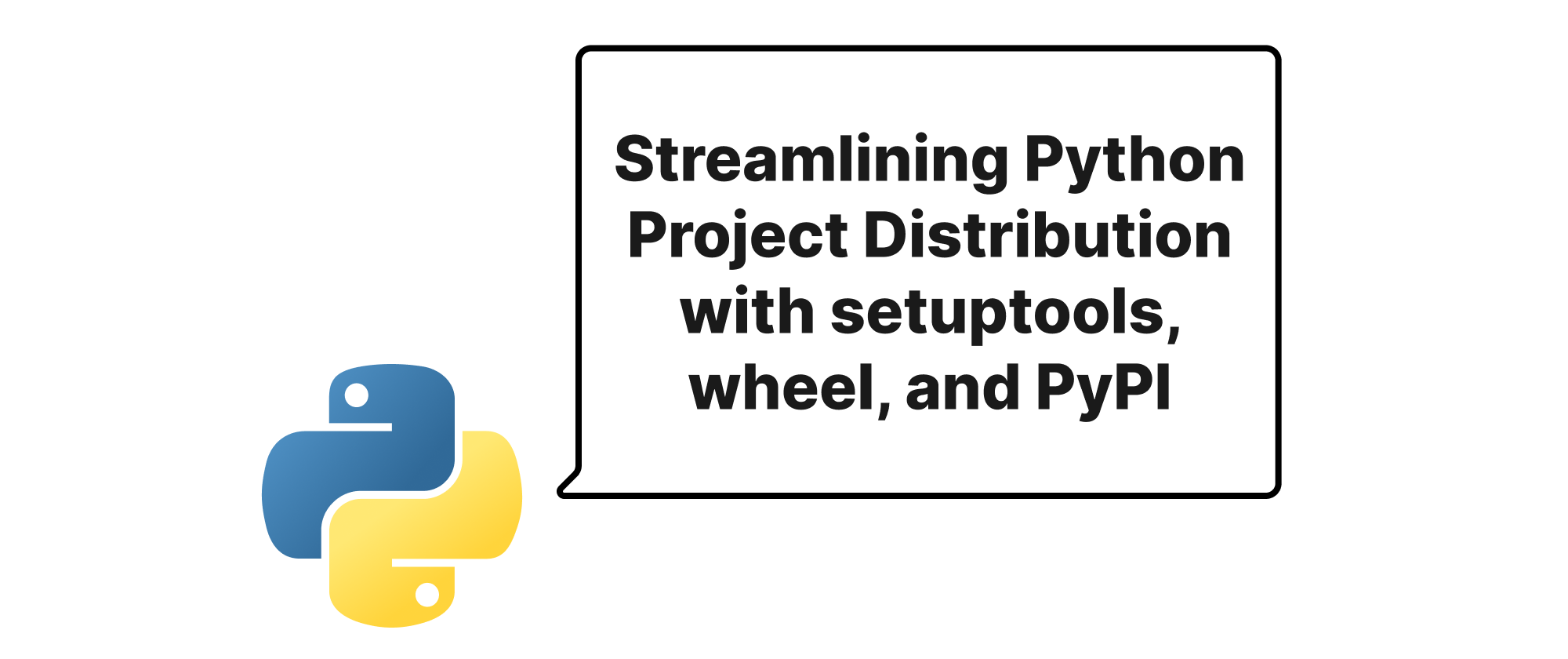
Streamlining Python Project Distribution with setuptools, wheel, and PyPI
This article guides you through packaging and distributing your Python projects using setuptools, wheel, and PyPI, covering core concepts, practical implementation, and best practices for seamless deployment.
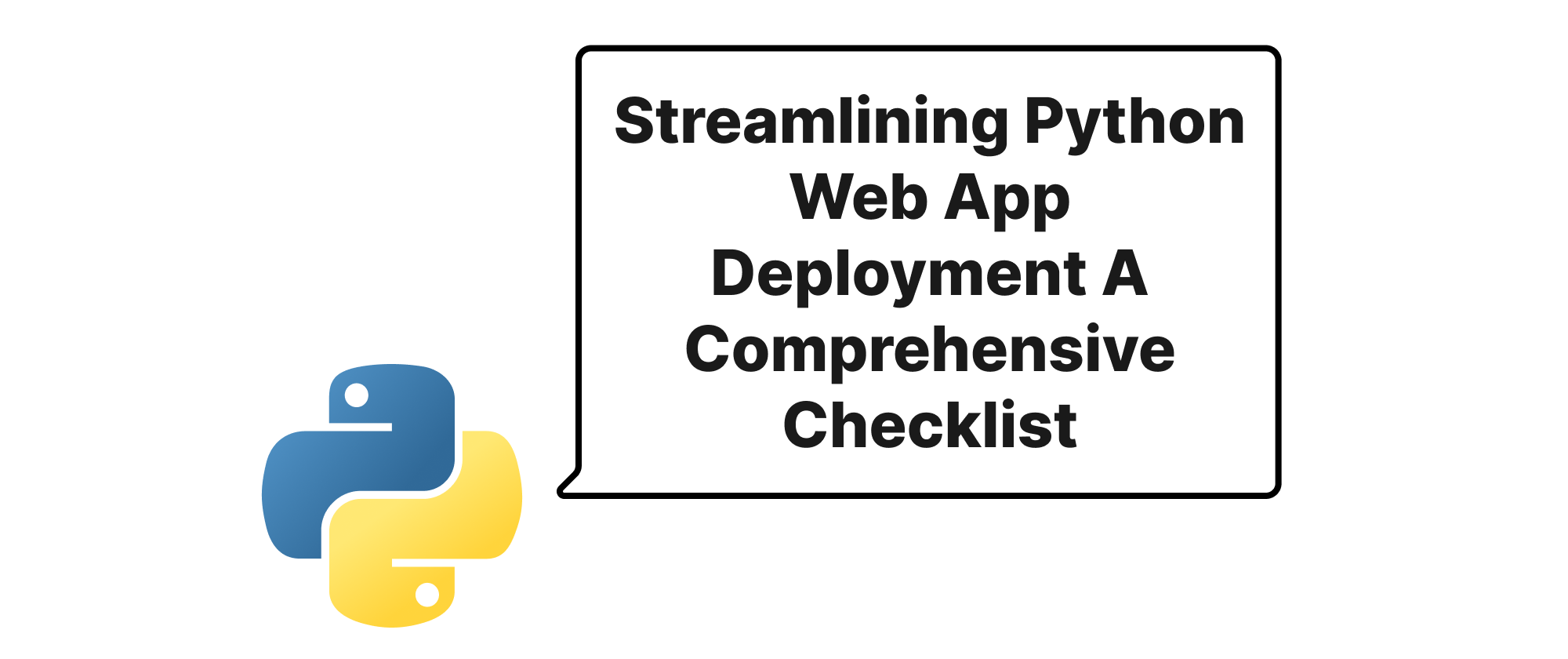
Streamlining Python Web App Deployment A Comprehensive Checklist
This article provides a comprehensive checklist for deploying Python web applications, covering everything from configuration management to dependency vulnerability scanning, ensuring a robust and secure deployment process.
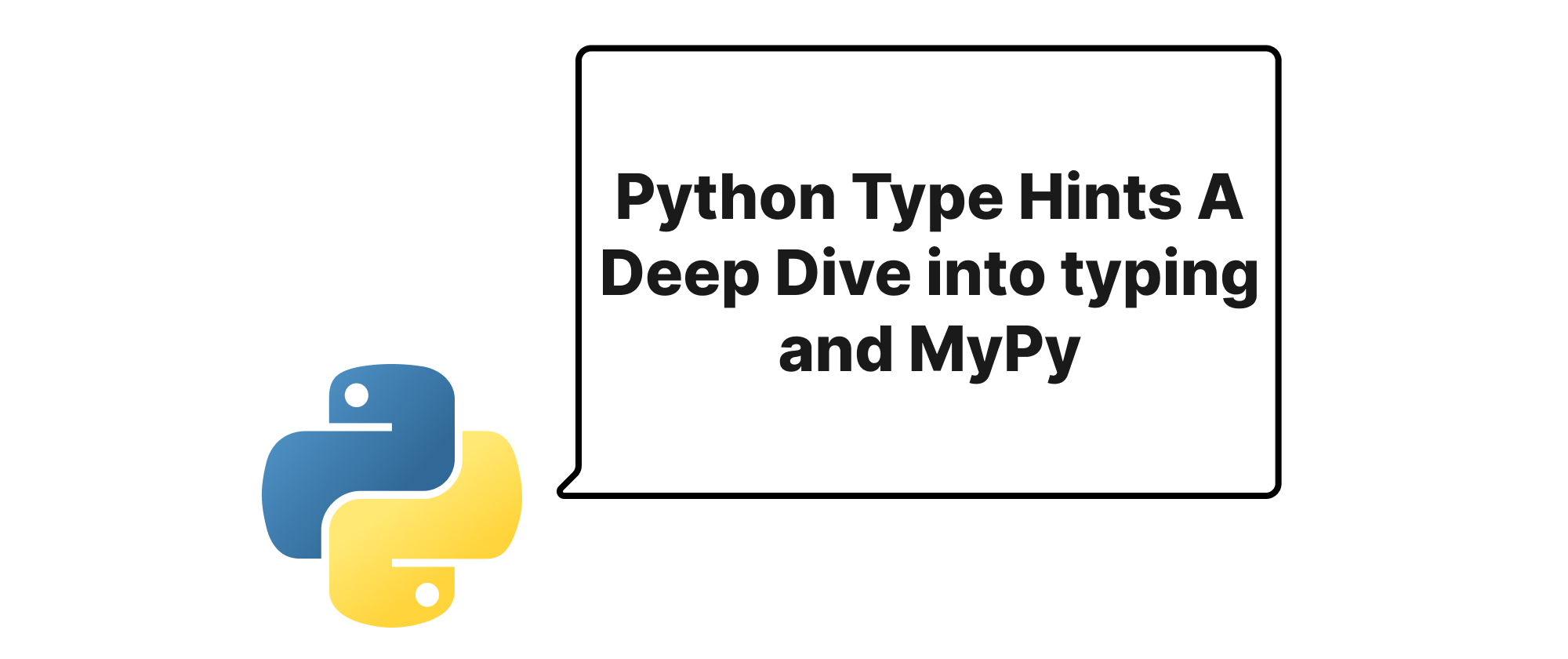
Python Type Hints A Deep Dive into typing and MyPy
Explore the journey of Python type hints from foundational concepts to advanced usage with the `typing` module and MyPy, enhancing code quality and maintainability.
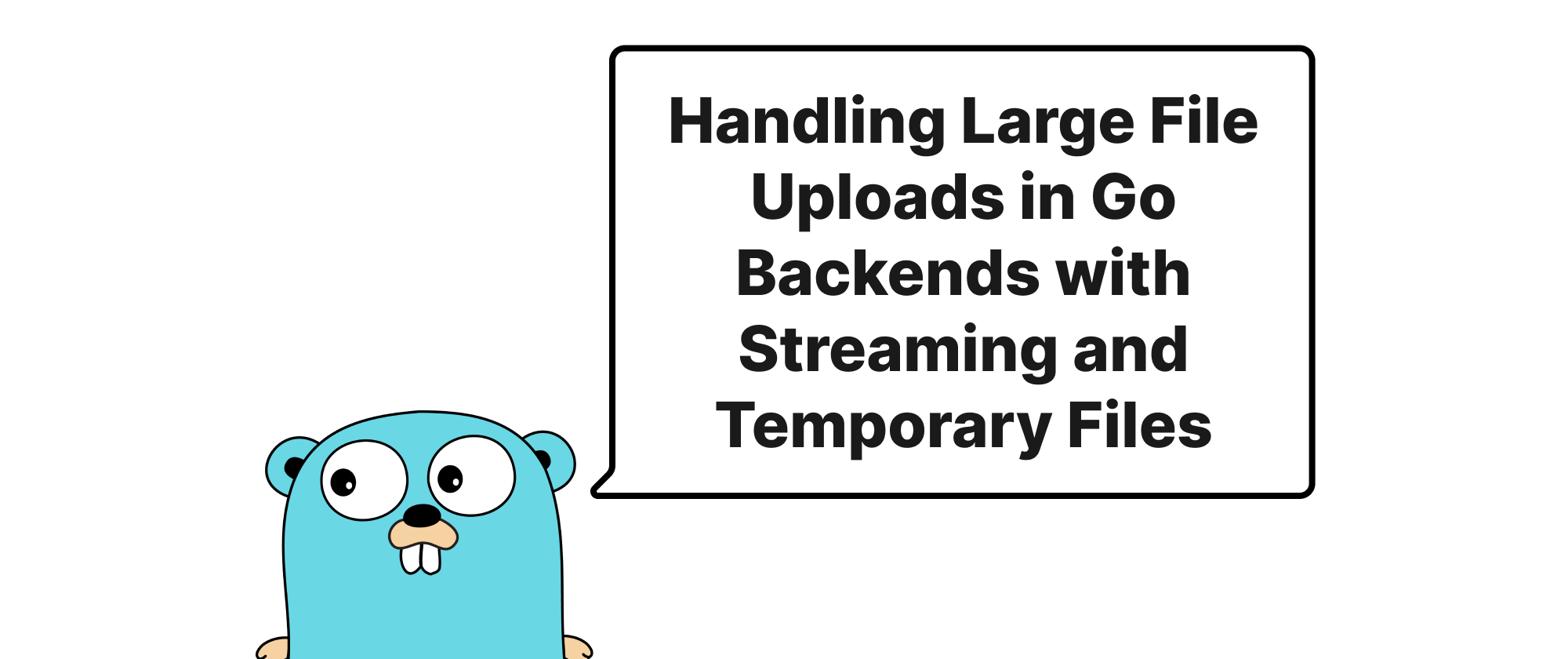
Handling Large File Uploads in Go Backends with Streaming and Temporary Files
Exploring efficient strategies for managing multi-gigabyte file uploads in Go web services, focusing on streaming and local temporary file storage to optimize performance and resource utilization.
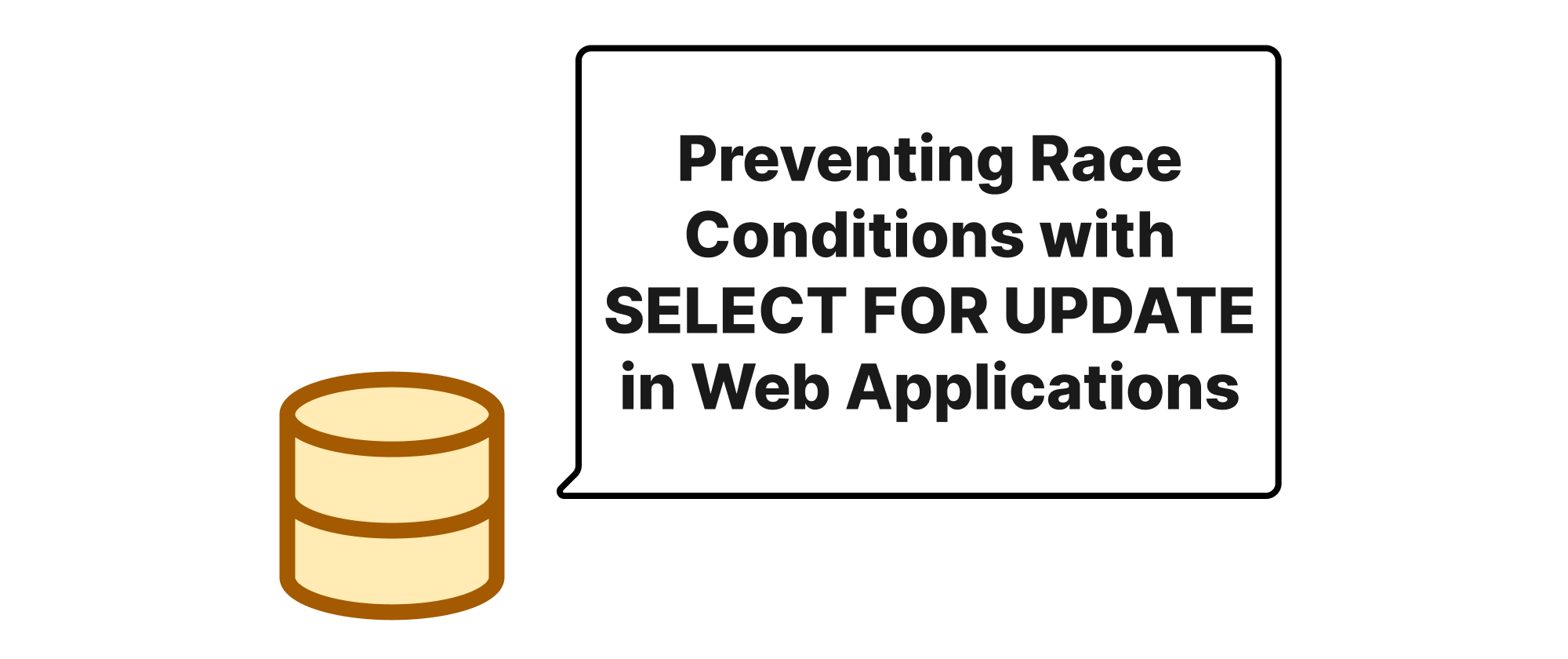
Preventing Race Conditions with SELECT FOR UPDATE in Web Applications
Explore how SELECT FOR UPDATE safeguards data integrity in concurrent web environments by preventing dirty reads and lost updates, with practical examples.
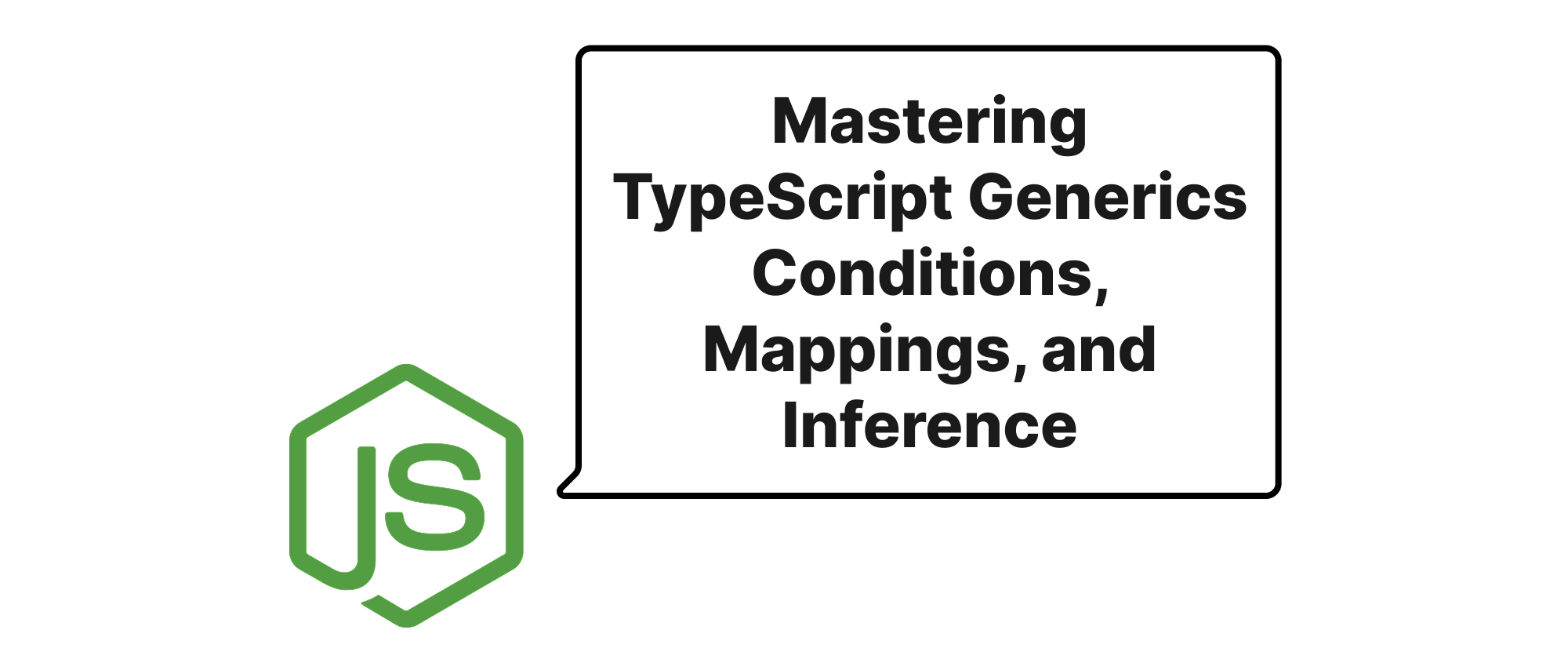
Mastering TypeScript Generics Conditions, Mappings, and Inference
Dive deep into advanced TypeScript generics, exploring practical applications of conditional types, mapped types, and the 'infer' keyword to write more robust and flexible type definitions.
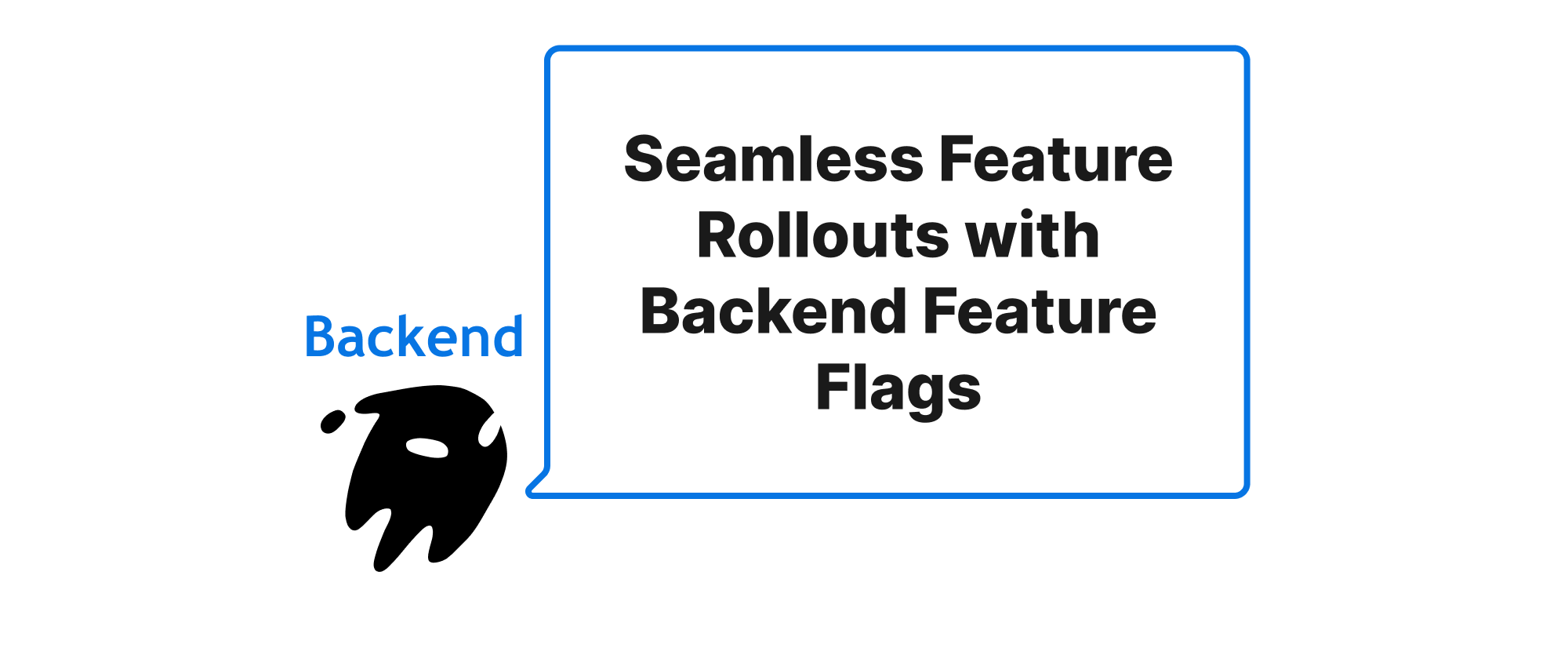
Seamless Feature Rollouts with Backend Feature Flags
Explore how integrating feature flags in backend services enables safe and controlled progressive feature releases, enhancing system stability and developer agility.
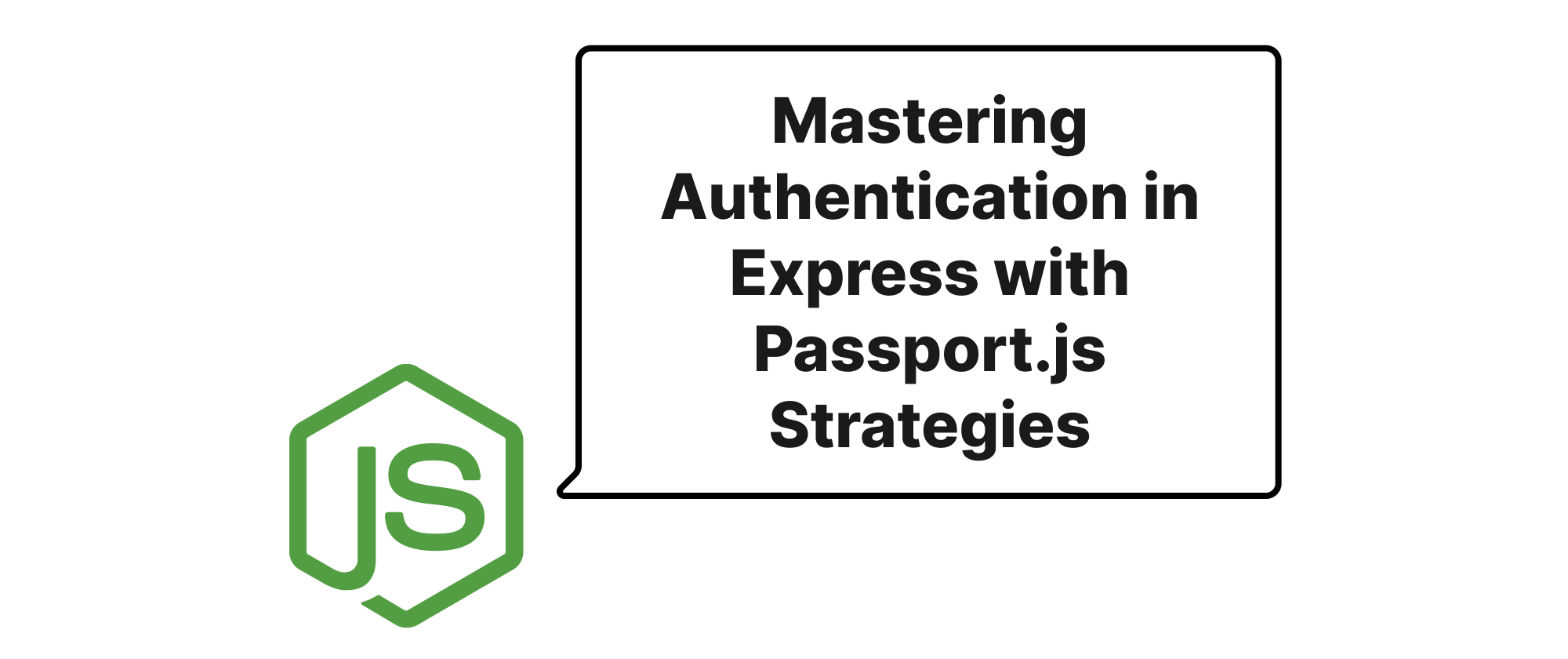
Mastering Authentication in Express with Passport.js Strategies
A comprehensive guide to implementing local, JWT, and social login using Passport.js in Express applications, covering core concepts, practical examples, and best practices for secure and flexible authentication.
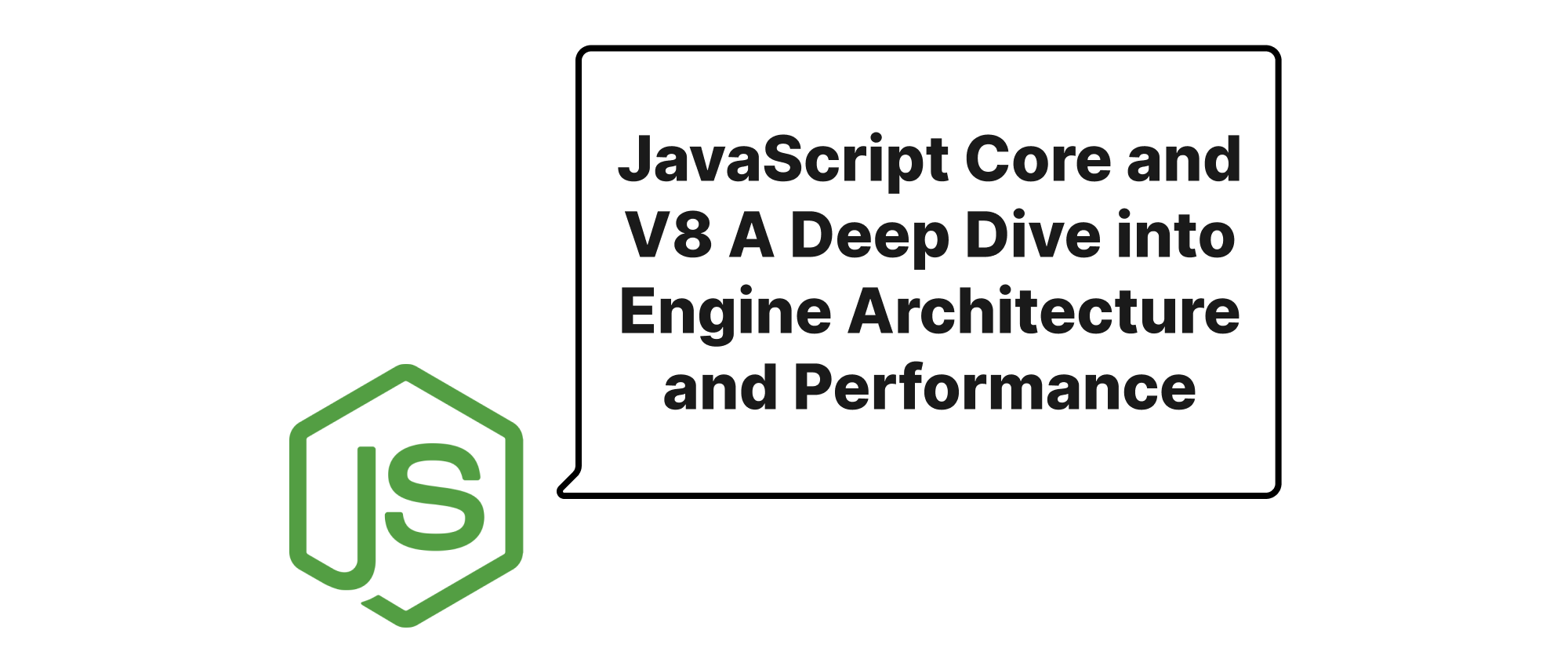
JavaScript Core and V8 A Deep Dive into Engine Architecture and Performance
This article explores the architectural and performance differences between JavaScriptCore and V8, two prominent JavaScript engines, highlighting their unique approaches to compilation, optimization, and execution.
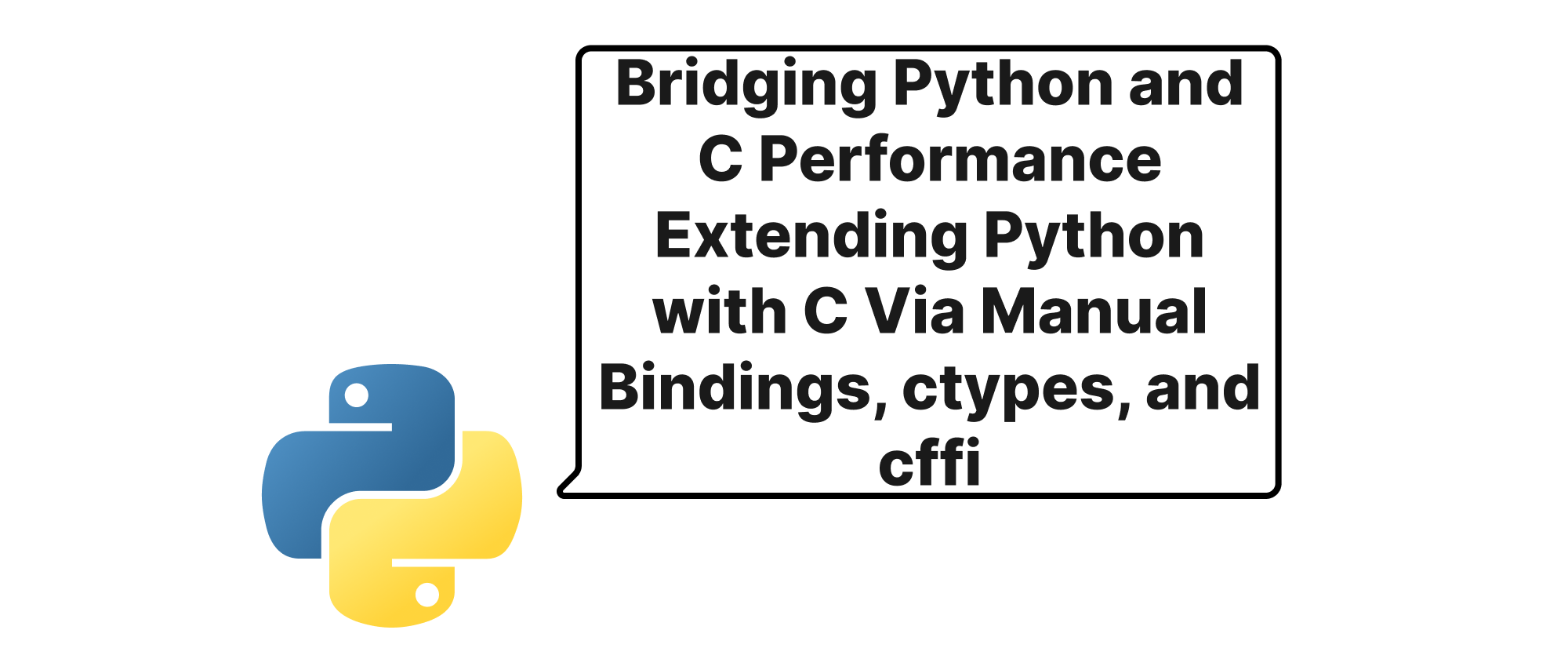
Bridging Python and C Performance Extending Python with C Via Manual Bindings, ctypes, and cffi
Explore techniques for integrating C code with Python using manual bindings, ctypes, and cffi, analyzing their strengths and weaknesses for performance-critical applications and system-level interactions.
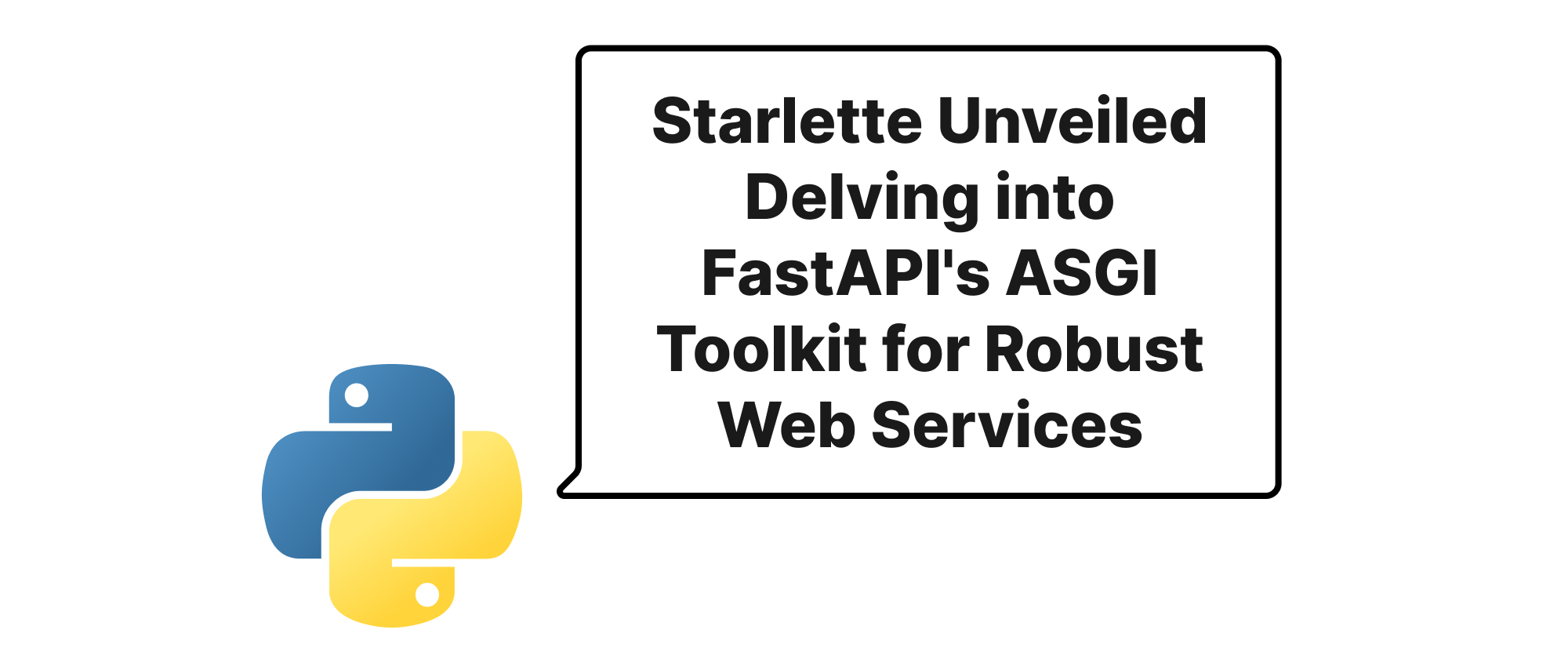
Starlette Unveiled Delving into FastAPI's ASGI Toolkit for Robust Web Services
This article explores Starlette, the powerful ASGI framework underpinning FastAPI, focusing on its core components like routing, middleware, and responses. Through practical examples, it demystifies how Starlette enables high-performance, scalable web applications.
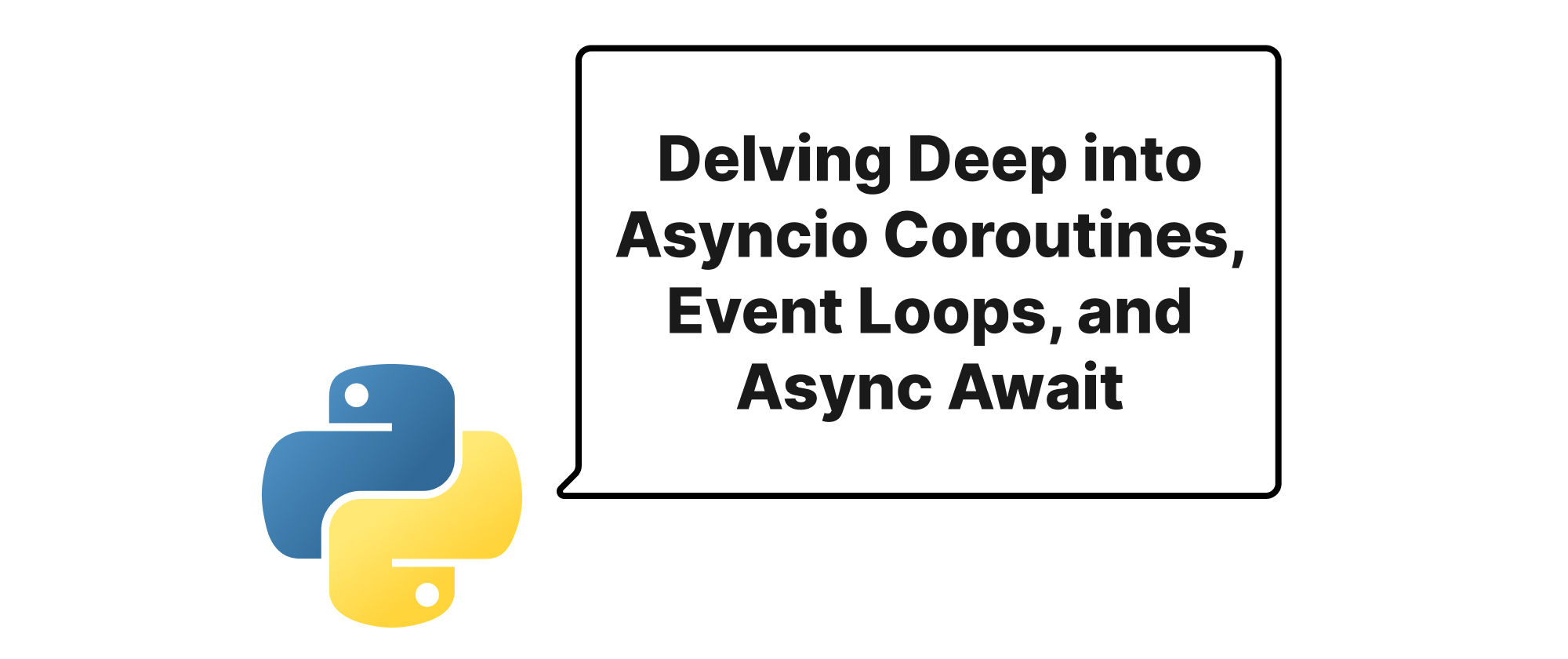
Delving Deep into Asyncio Coroutines, Event Loops, and Async Await Unpacking the Underpinnings
Explore the core components of Python's asyncio – coroutines, event loops, and async/await syntax – and understand their fundamental mechanisms for building efficient concurrent applications.
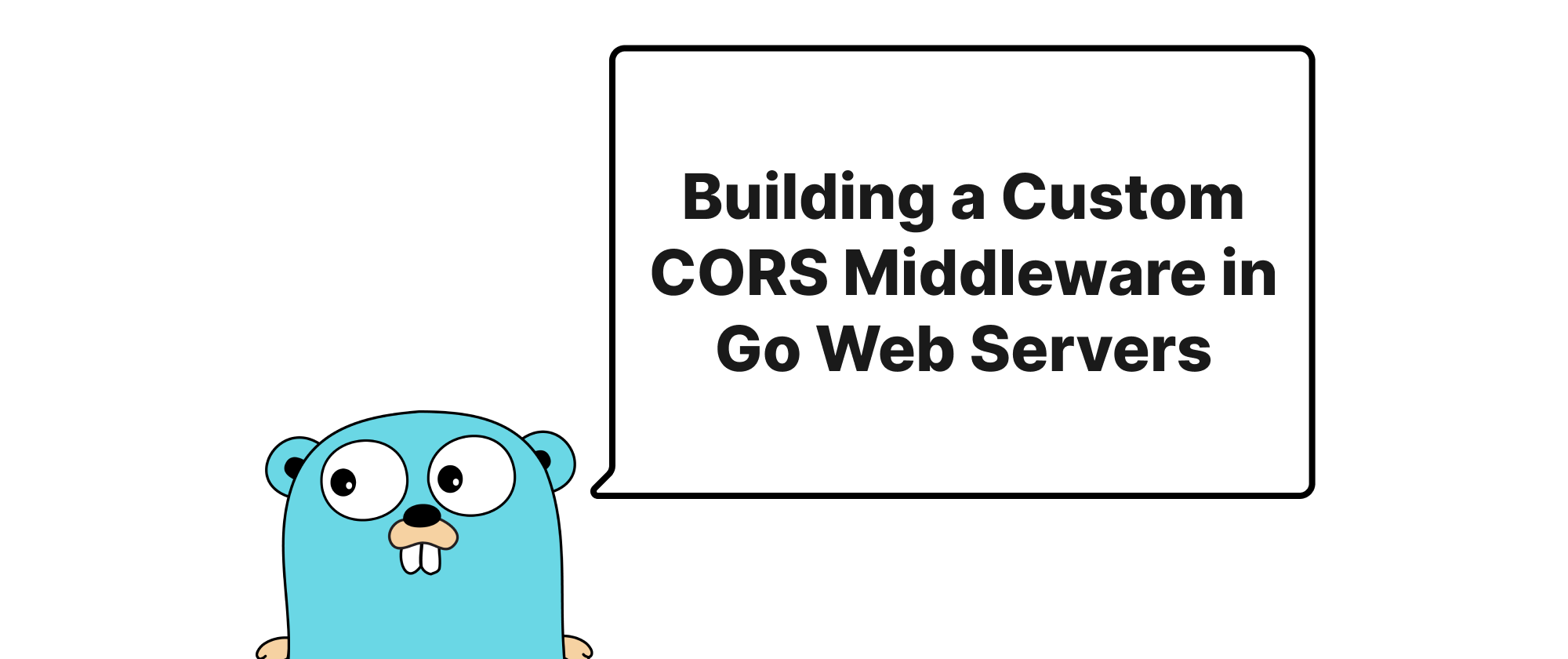
Building a Custom CORS Middleware in Go Web Servers
This article delves into the manual implementation and configuration of CORS middleware in Go web servers, explaining its necessity, core concepts, and providing practical code examples for robust cross-origin resource sharing.
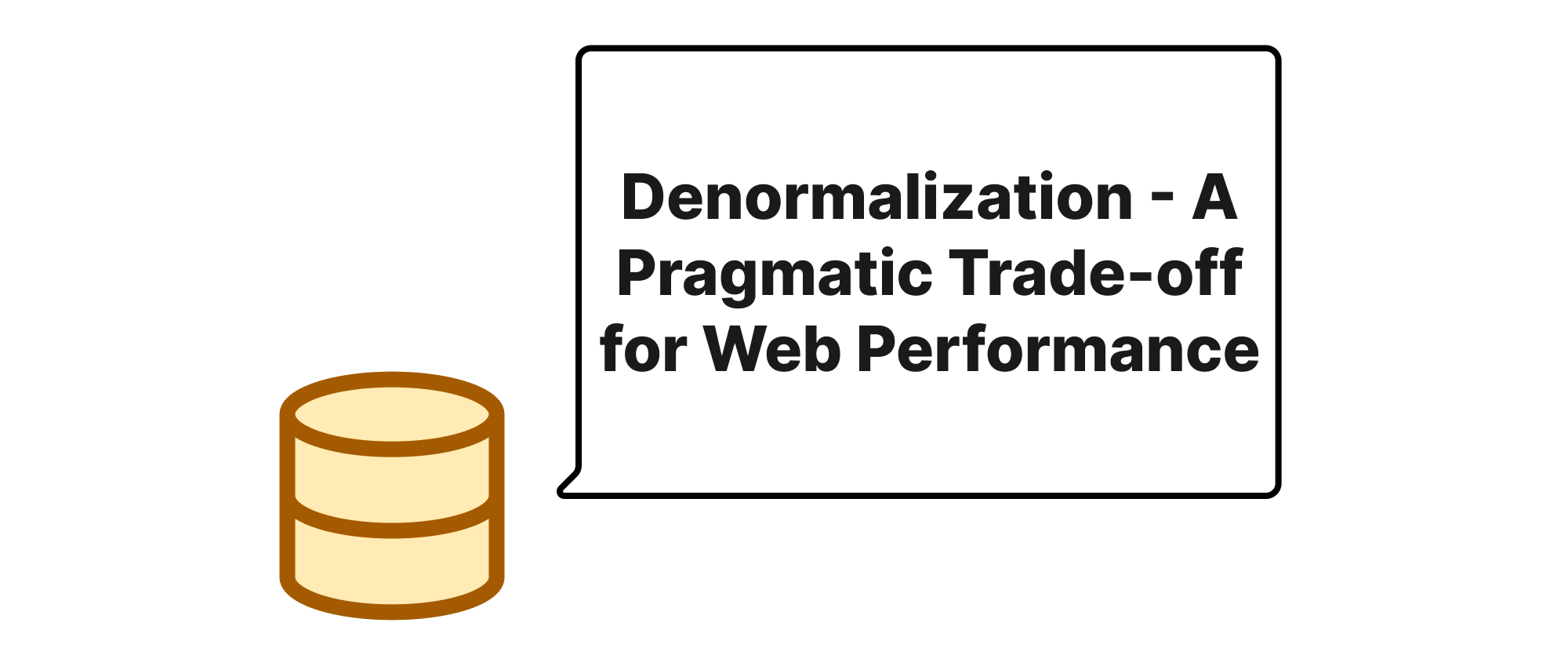
Denormalization - A Pragmatic Trade-off for Web Performance
This article delves into why denormalization, often seen as a database anti-pattern, is a necessary sacrifice for achieving high performance in modern web applications.
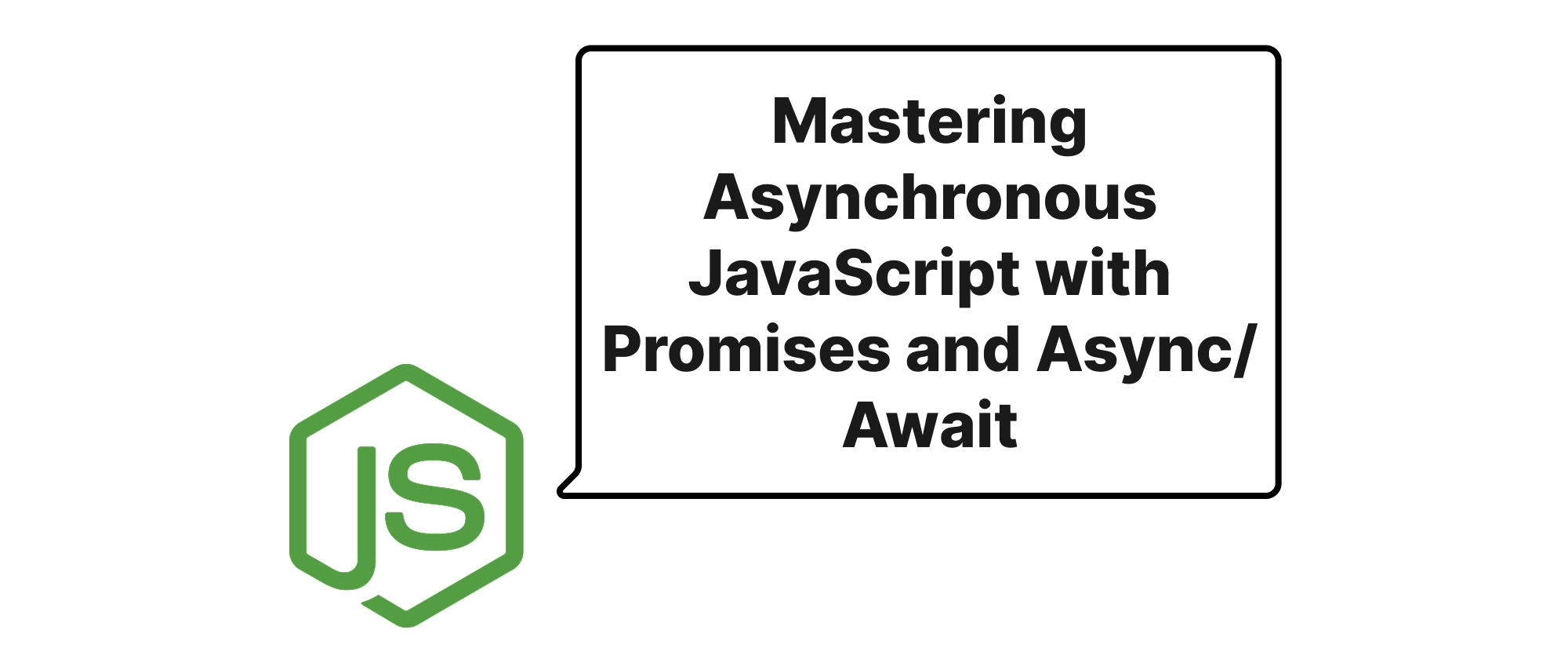
Mastering Asynchronous JavaScript with Promises and Async/Await
Delve into the core mechanisms of JavaScript's asynchronous patterns, exploring Promises and async/await for cleaner, more efficient concurrent code. Understand their underlying principles, common pitfalls, and practical best practices for robust application development.
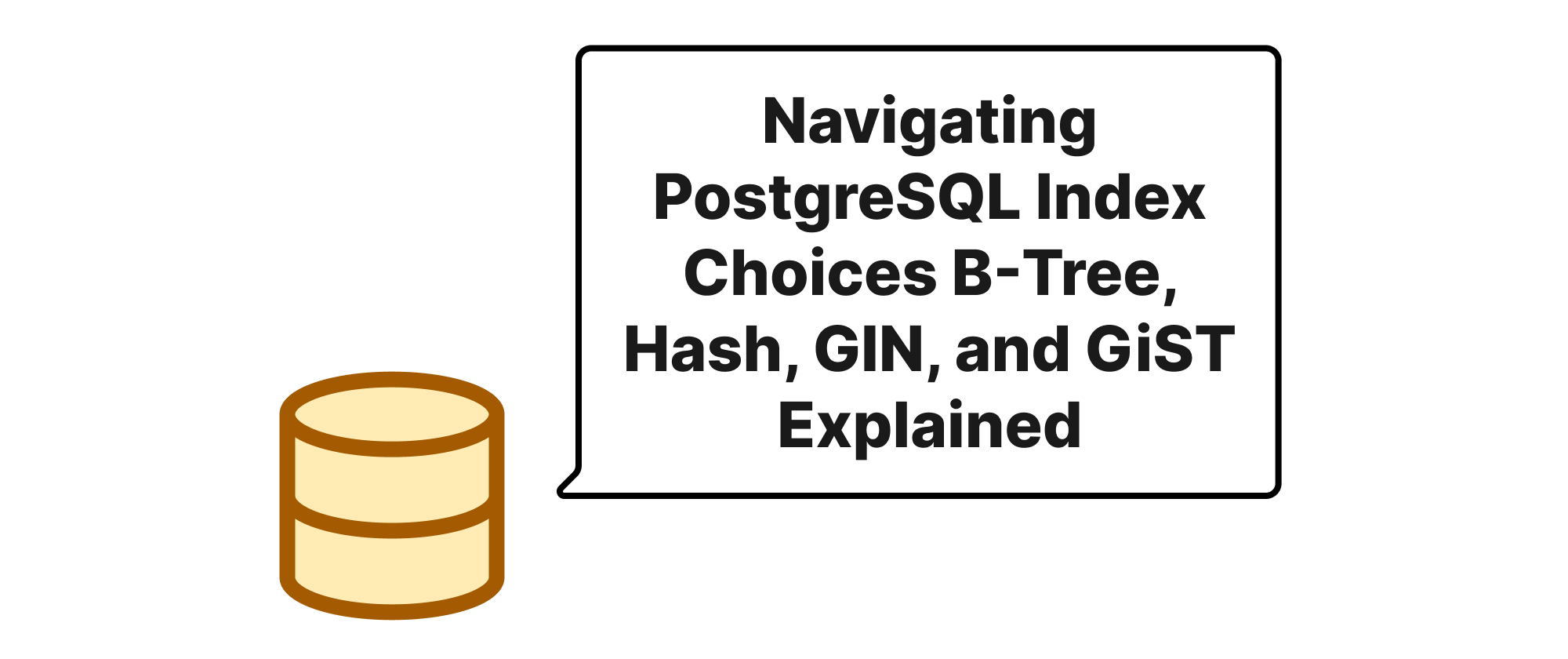
Navigating PostgreSQL Index Choices B-Tree, Hash, GIN, and GiST Explained
A comprehensive guide to understanding and applying B-Tree, Hash, GIN, and GiST indexes in PostgreSQL for optimal query performance across various data types and use cases.
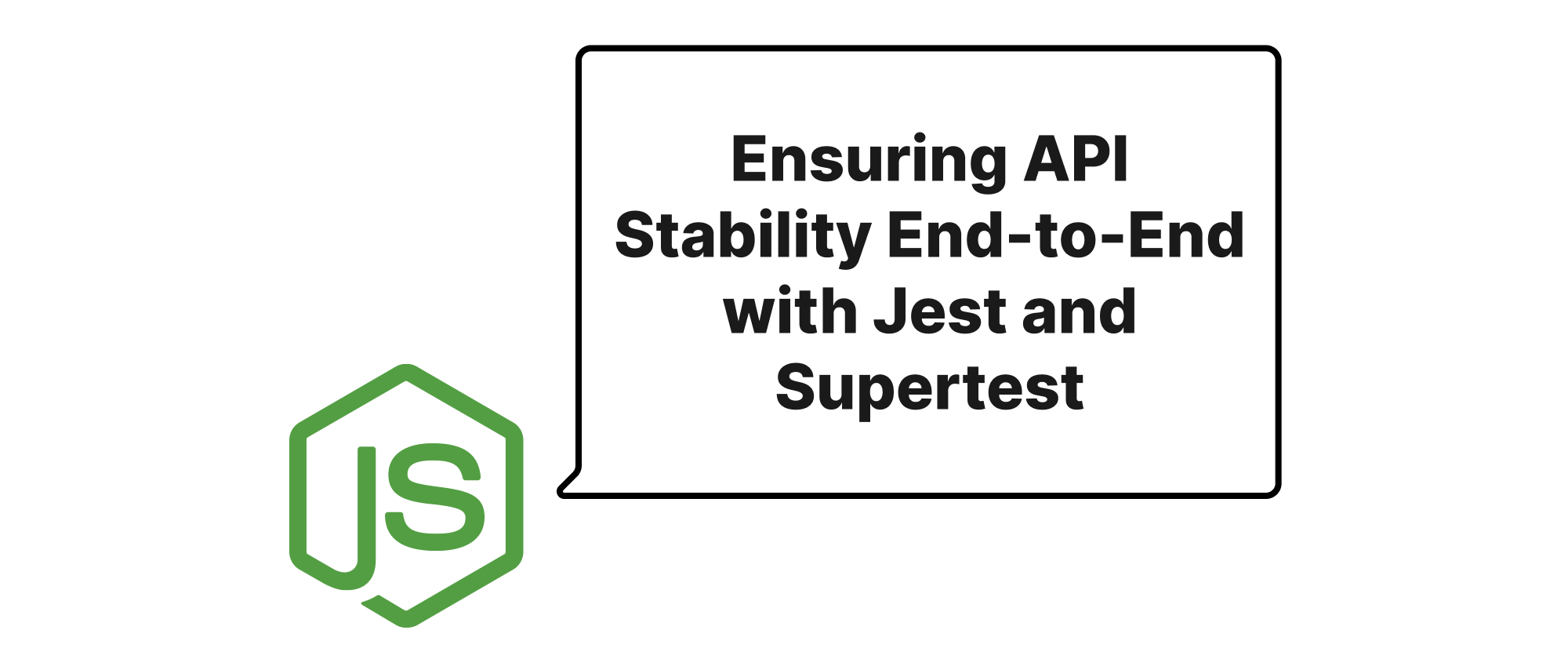
Ensuring API Stability End-to-End with Jest and Supertest
Dive into building robust end-to-end tests for Node.js REST APIs using Jest and Supertest, covering a practical approach with real-world examples.
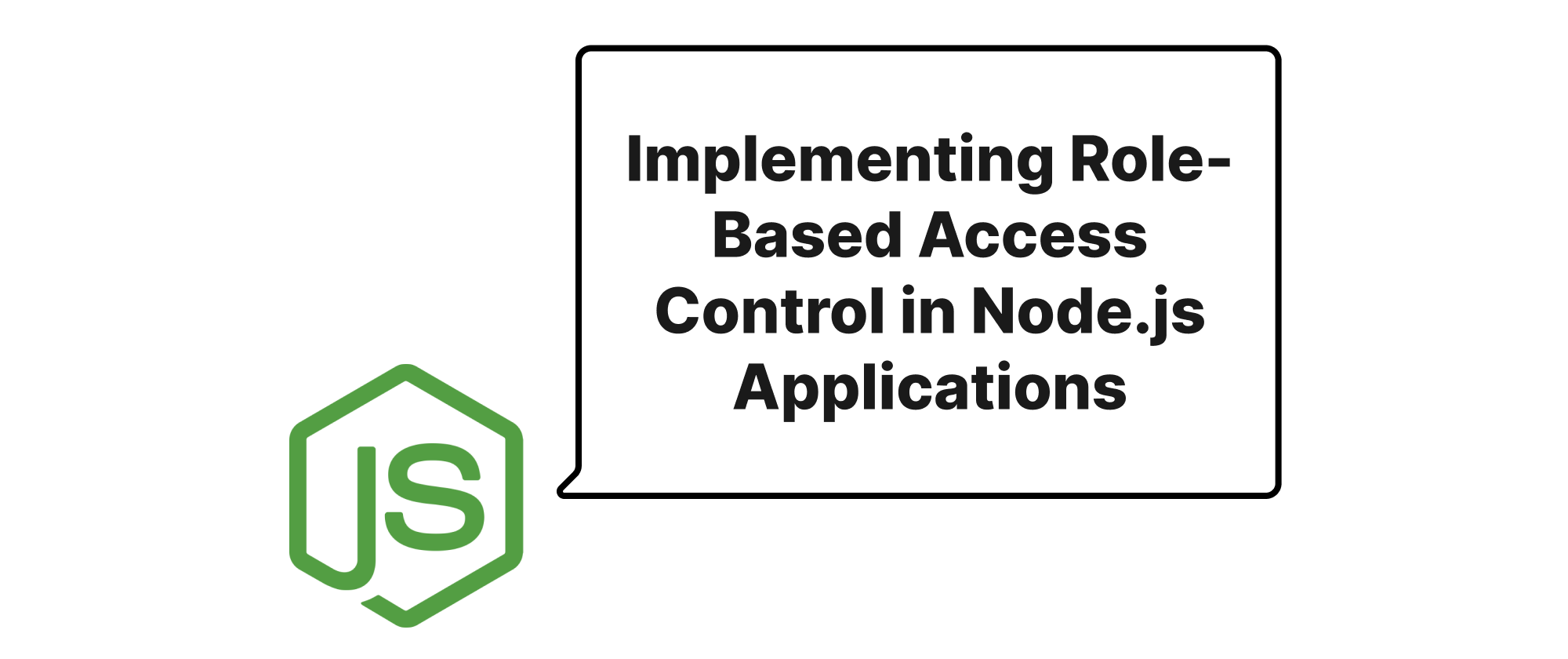
Implementing Role-Based Access Control in Node.js Applications
This article delves into the practical implementation of Role-Based Access Control (RBAC) in Node.js applications, covering its core concepts, design principles, and a step-by-step code example to secure your APIs.
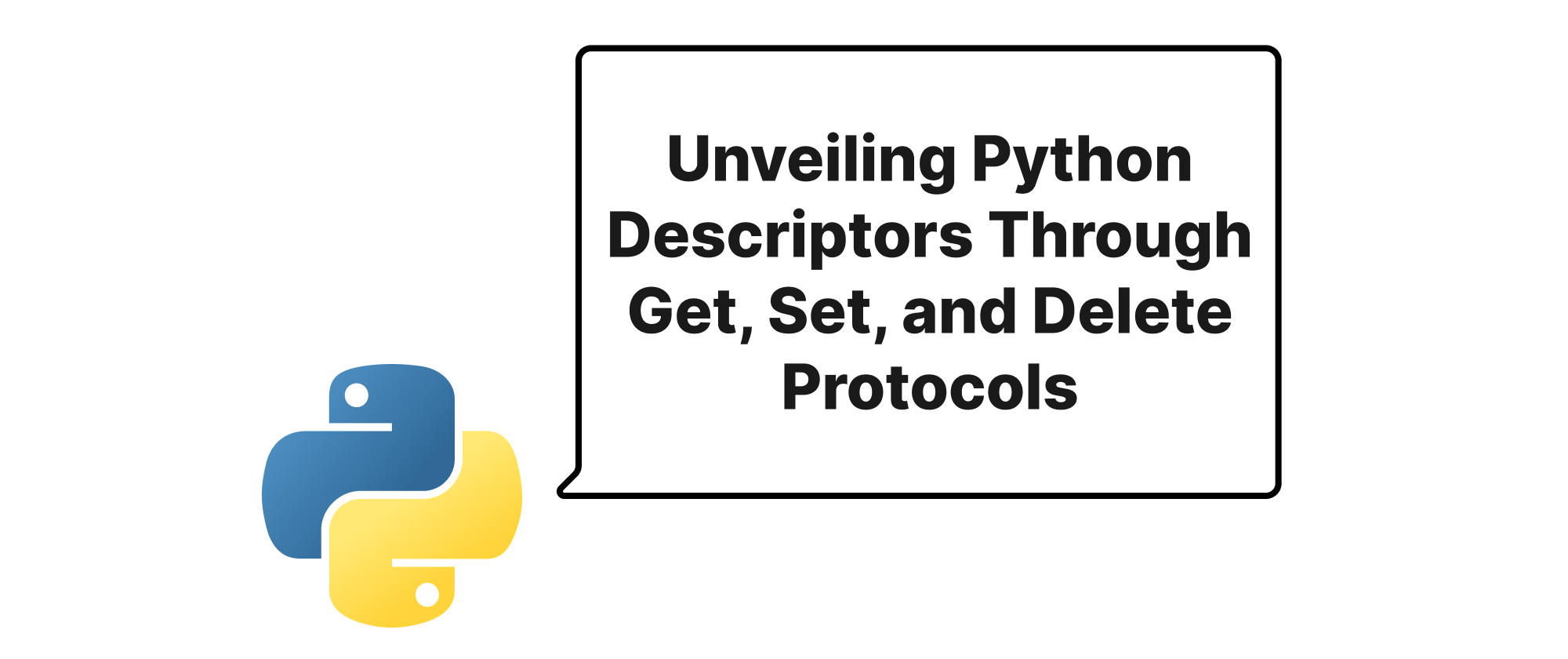
Unveiling Python Descriptors Through Get, Set, and Delete Protocols
This article delves into the core mechanics of Python descriptors, exploring the `__get__`, `__set__`, and `__delete__` methods. It explains how these protocols enable sophisticated attribute management, property implementation, and method binding, providing practical examples to illustrate their power and flexibility.
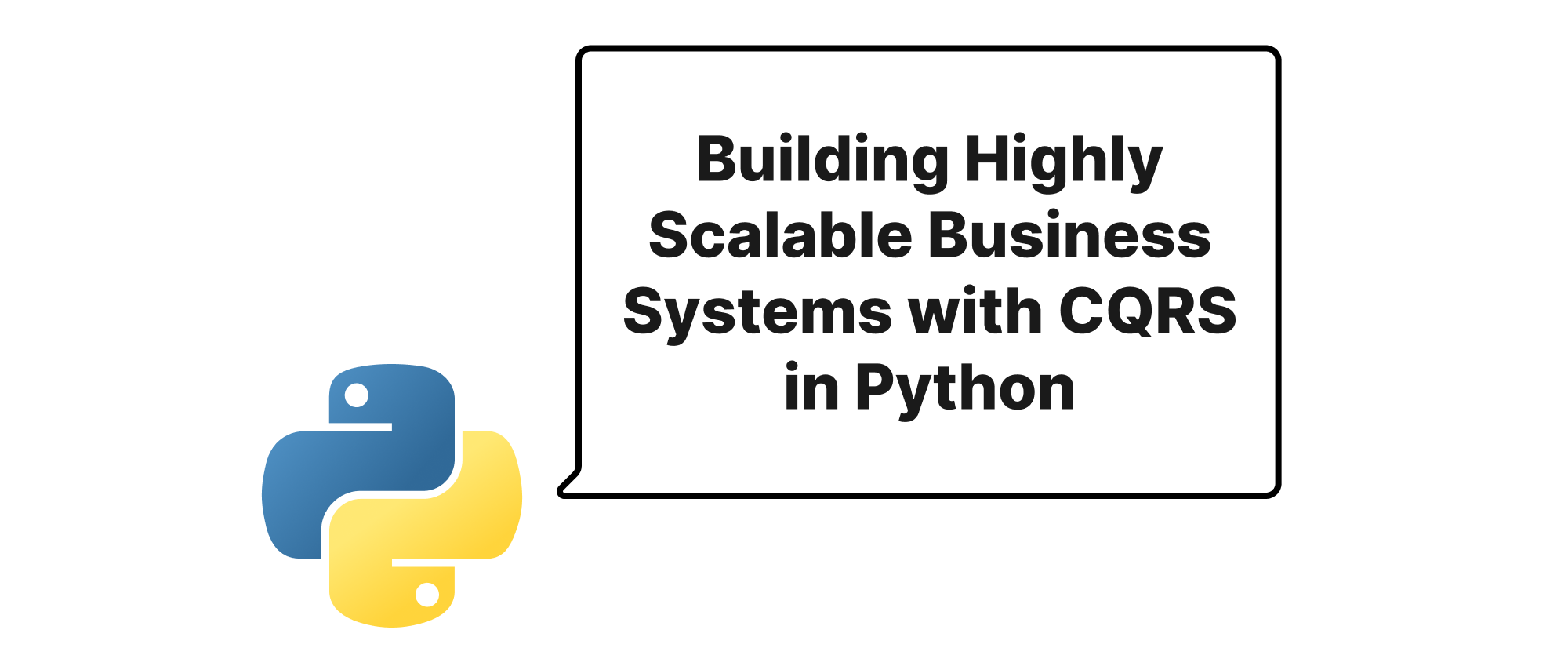
Building Highly Scalable Business Systems with CQRS in Python
Explore how the Command Query Responsibility Segregation (CQRS) pattern, when implemented in Python, empowers developers to construct robust, performant, and scalable business applications by clearly separating write and read operations.
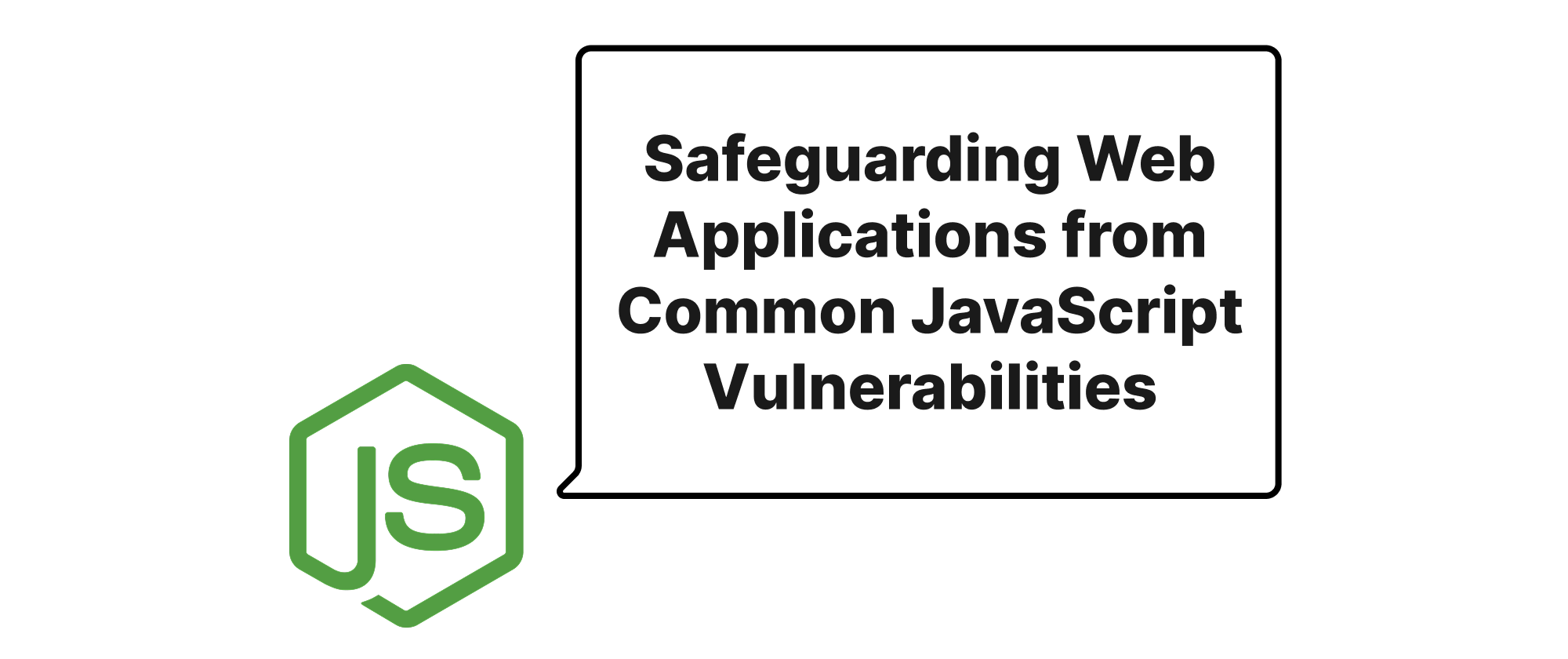
Safeguarding Web Applications from Common JavaScript Vulnerabilities
Explore prevalent web application security weaknesses like XSS, CSRF, and prototype pollution in JavaScript, understanding their mechanisms and implementing effective defense strategies with practical code examples.
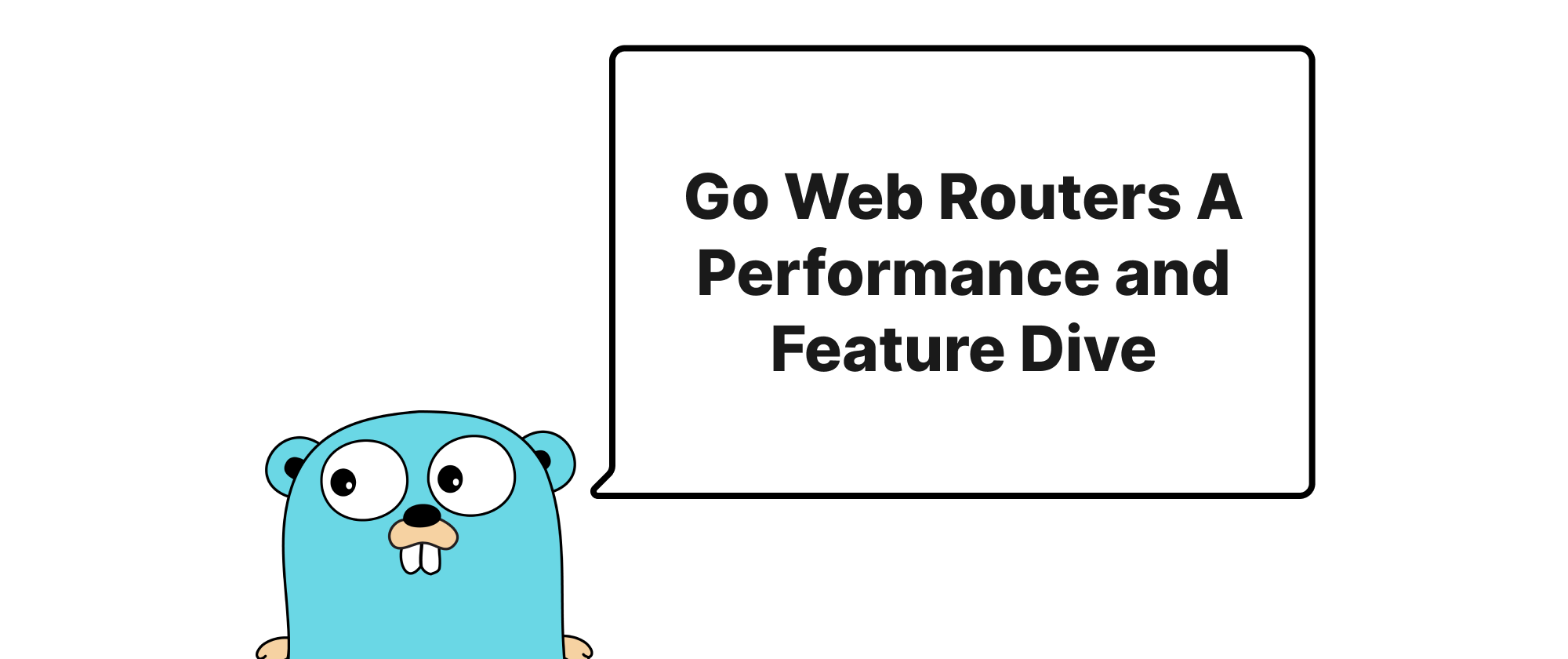
Go Web Routers A Performance and Feature Dive
Exploring the trade-offs between Go's standard http.ServeMux, gorilla/mux, and chi in terms of routing performance and feature set for building web applications.
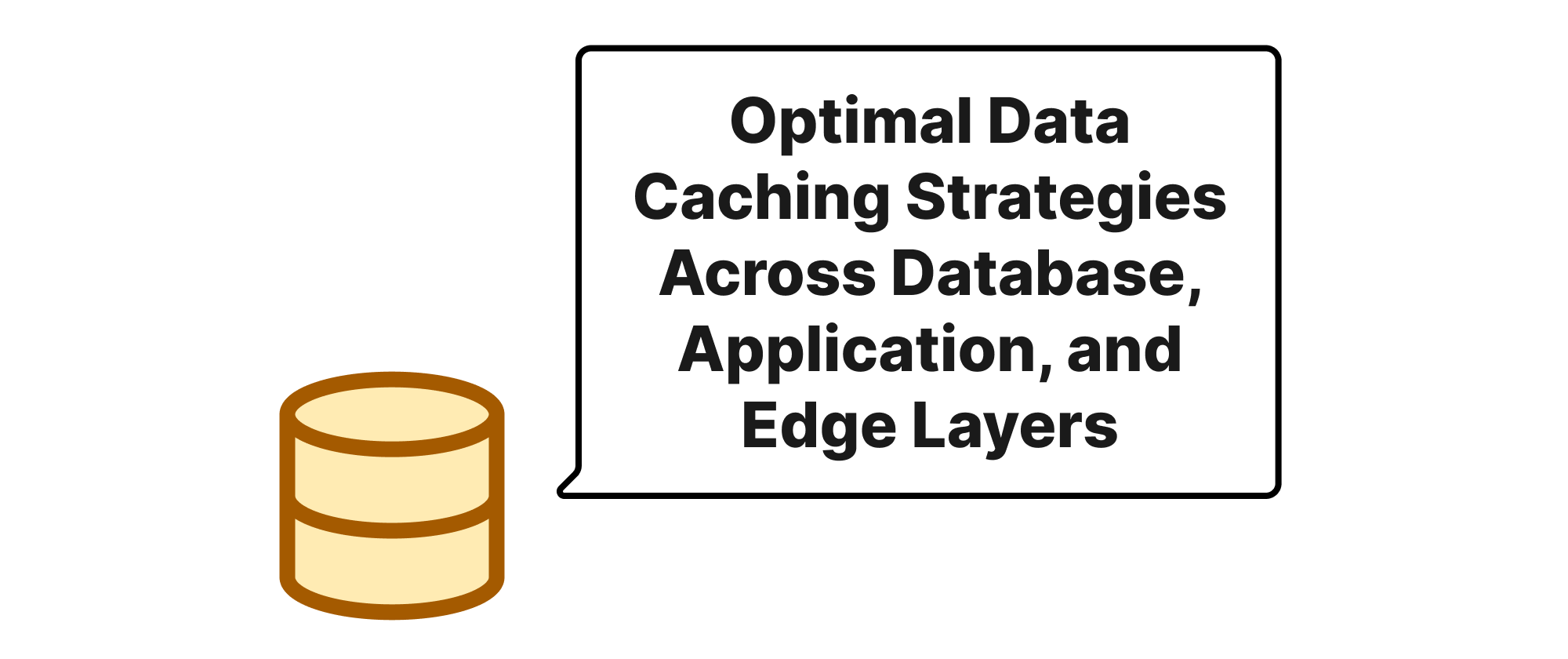
Optimal Data Caching Strategies Across Database, Application, and Edge Layers
Understanding where and how to cache data is crucial for system performance. This article explores database query caches, application-level caches like Redis, and CDN caches, detailing their mechanisms, use cases, and how to effectively choose the right caching strategy for different scenarios.
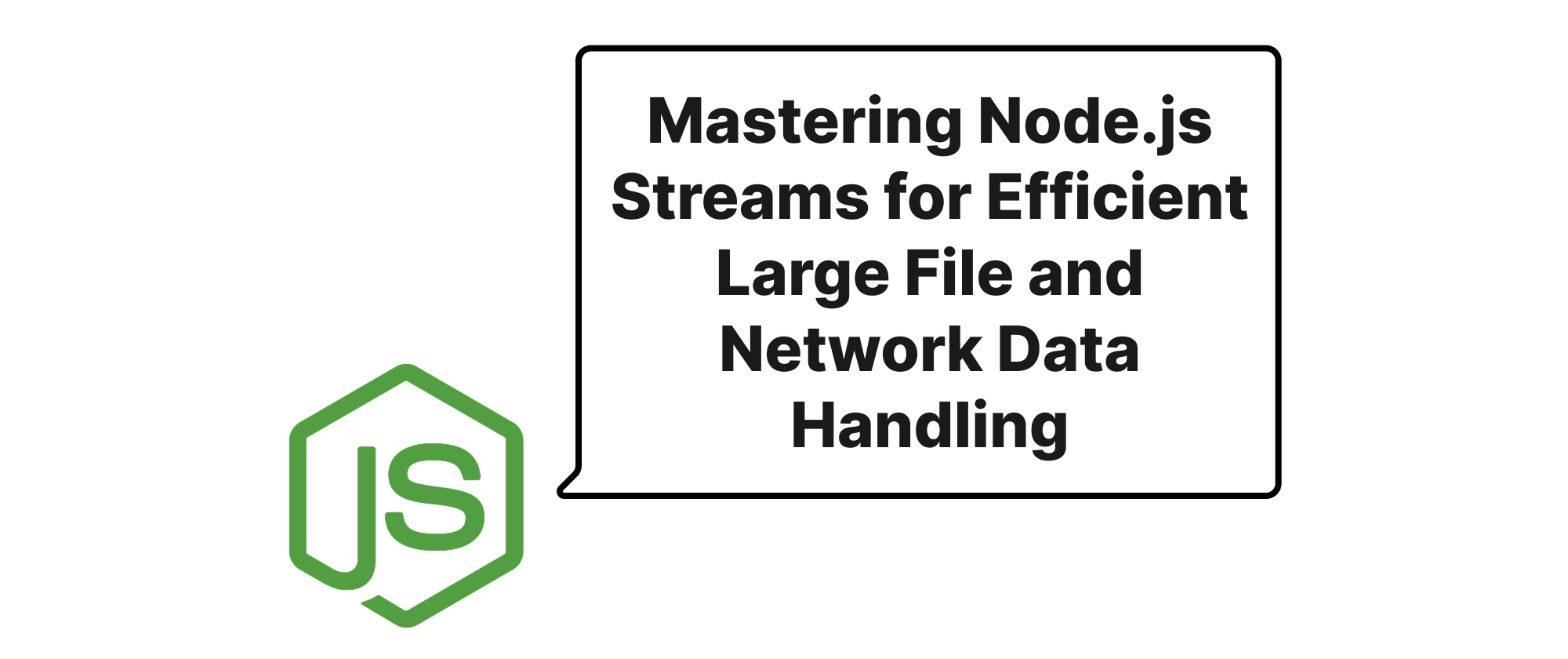
Mastering Node.js Streams for Efficient Large File and Network Data Handling
Explore the power of Node.js Streams API to process large files and network data efficiently, avoiding memory overloads and enhancing application performance.
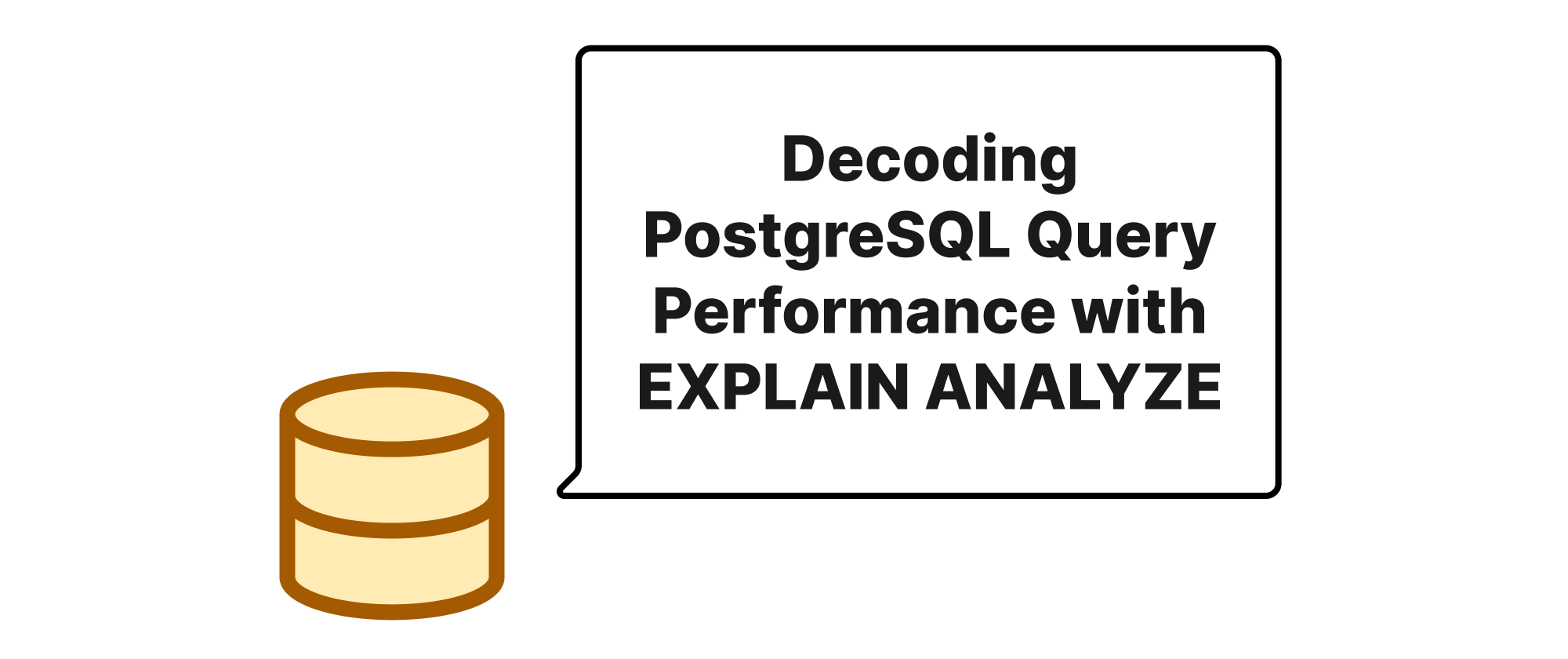
Decoding PostgreSQL Query Performance with EXPLAIN ANALYZE
This article delves into the practical use of EXPLAIN ANALYZE in PostgreSQL, teaching you how to interpret execution plans to diagnose and optimize query performance issues.
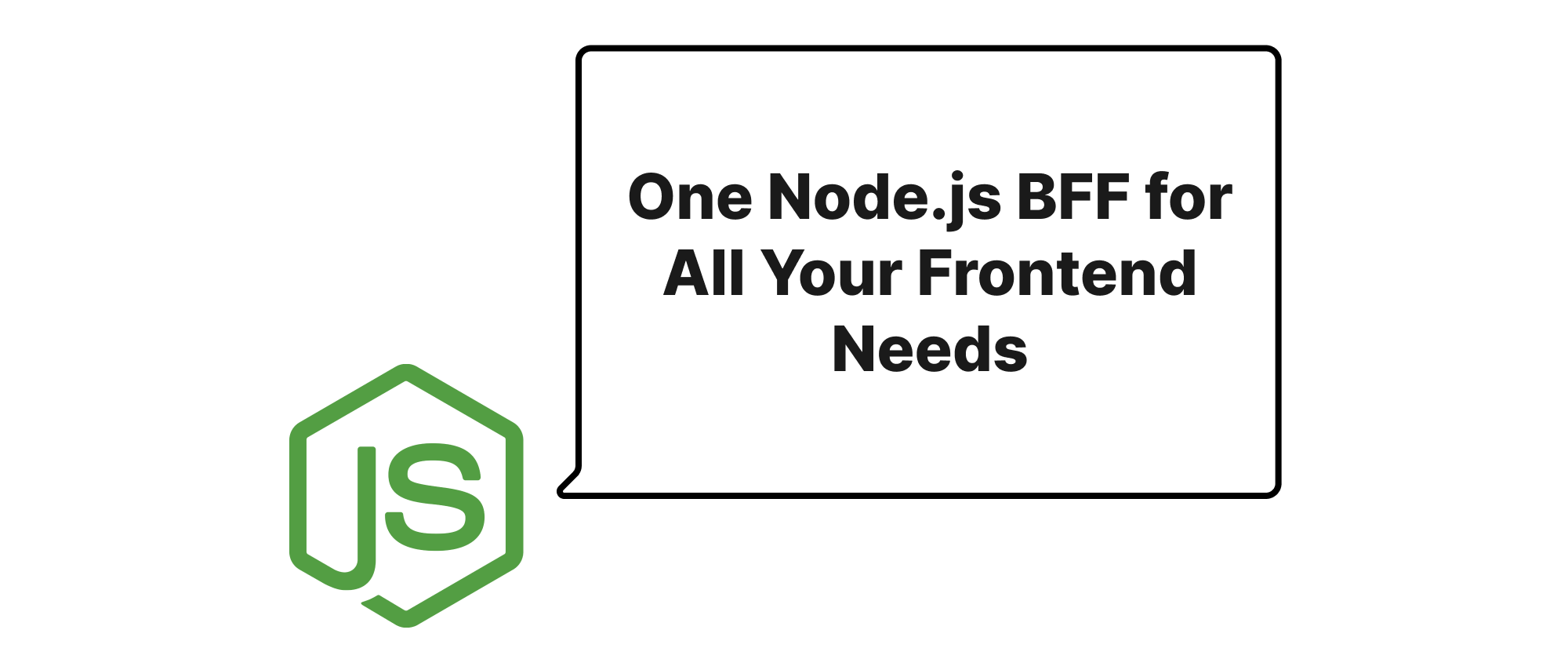
One Node.js BFF for All Your Frontend Needs
Explore how a Node.js Backend for Frontend (BFF) layer can deliver tailored API experiences for diverse frontend applications like web and mobile.
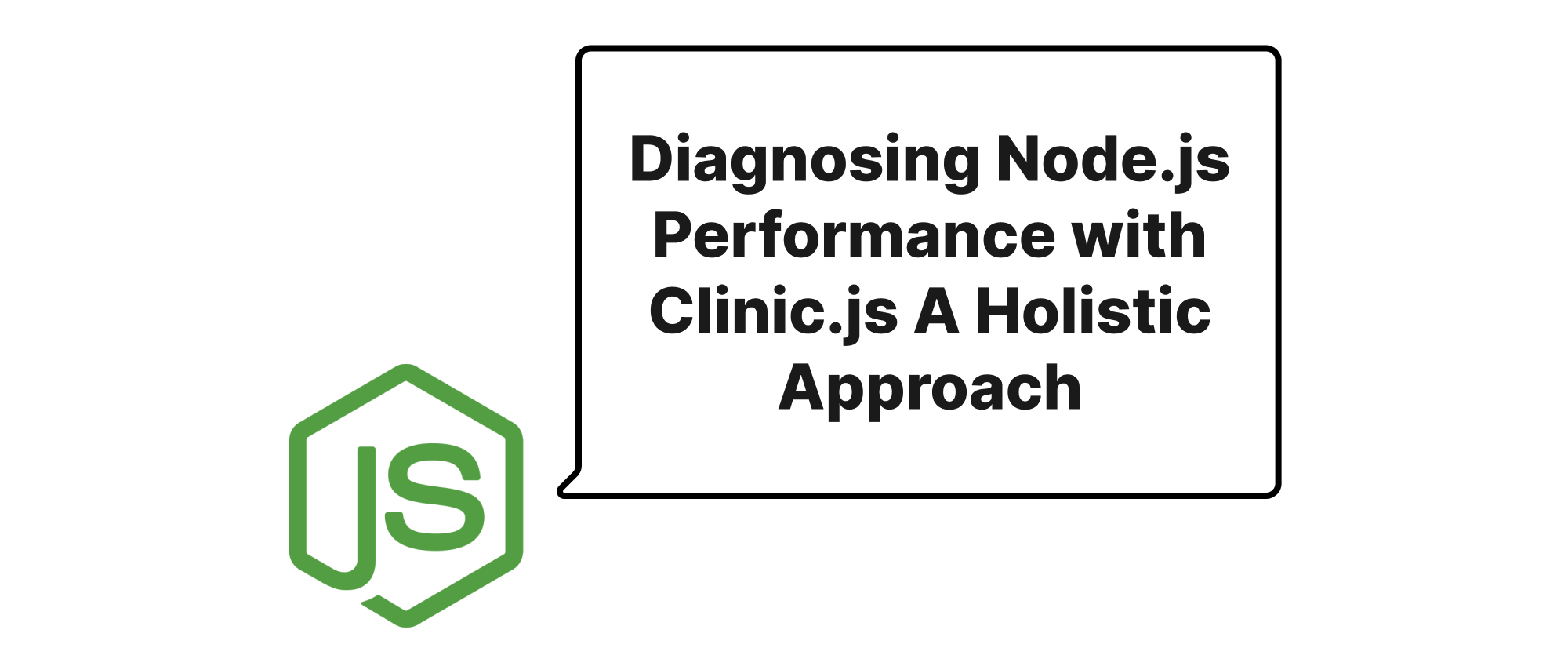
Diagnosing Node.js Performance with Clinic.js A Holistic Approach
This article delves into using the Clinic.js suite for comprehensive performance diagnostics of Node.js applications, covering its tools, principles, and practical application with code examples.

Advanced Techniques with Python Generators and Coroutines
Explore advanced applications of Python generators and coroutines, from asynchronous programming to building sophisticated data pipelines. Learn how to leverage these powerful features for more efficient and concurrent code.
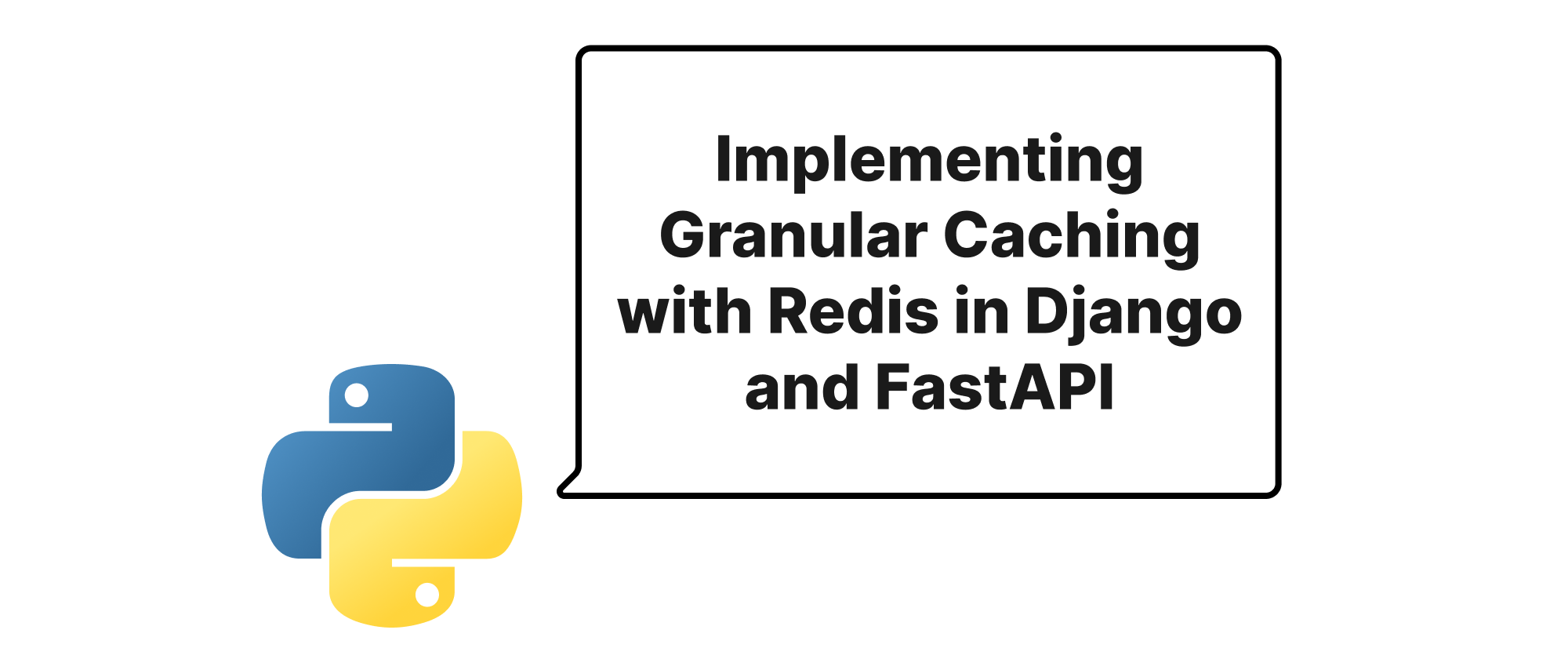
Implementing Granular Caching with Redis in Django and FastAPI
This article delves into integrating Redis for fine-grained caching strategies within Django and FastAPI applications, enhancing performance and scalability.
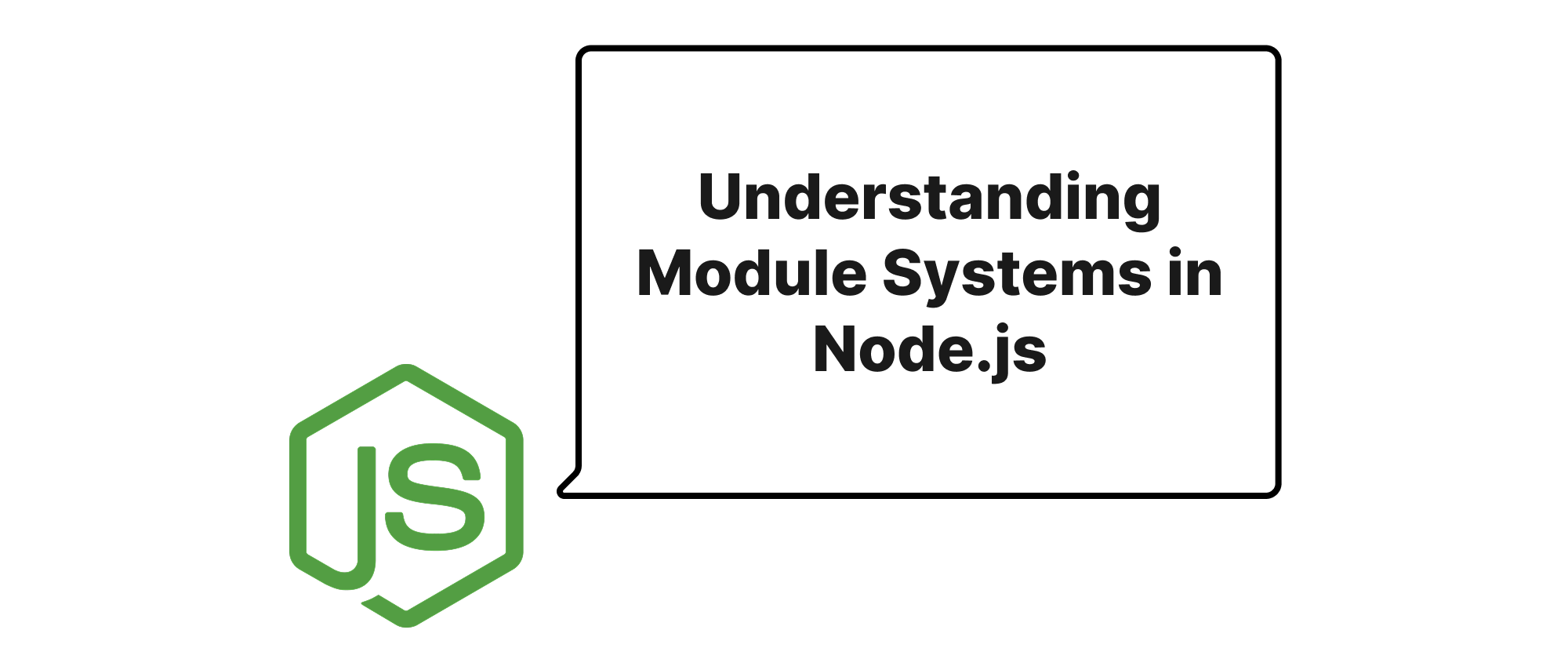
Understanding Module Systems in Node.js
A comprehensive guide to the differences, interoperability, and best practices of ES Modules (ESM) and CommonJS (CJS) in Node.js development.
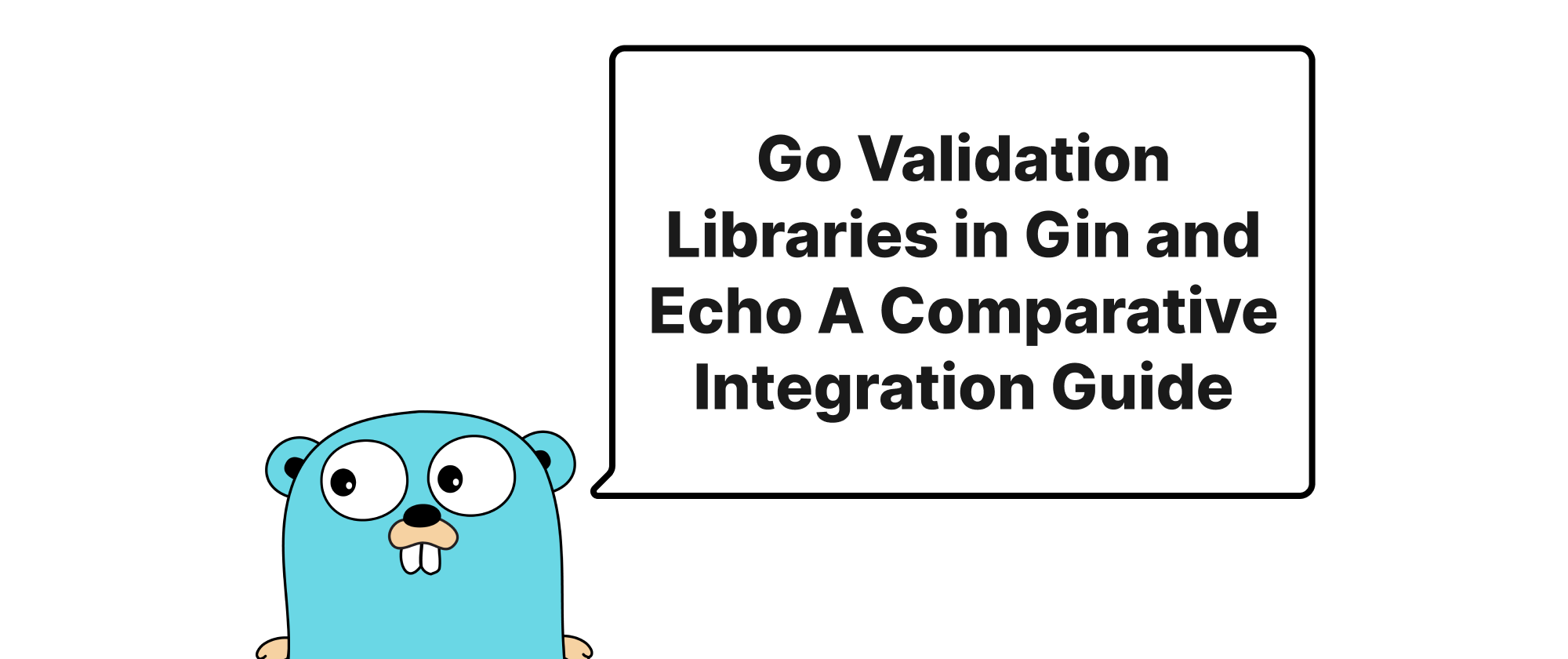
Go Validation Libraries in Gin and Echo A Comparative Integration Guide
This article compares the integration of go-playground/validator and other validation libraries within Gin and Echo frameworks, providing practical examples and discussing their advantages.
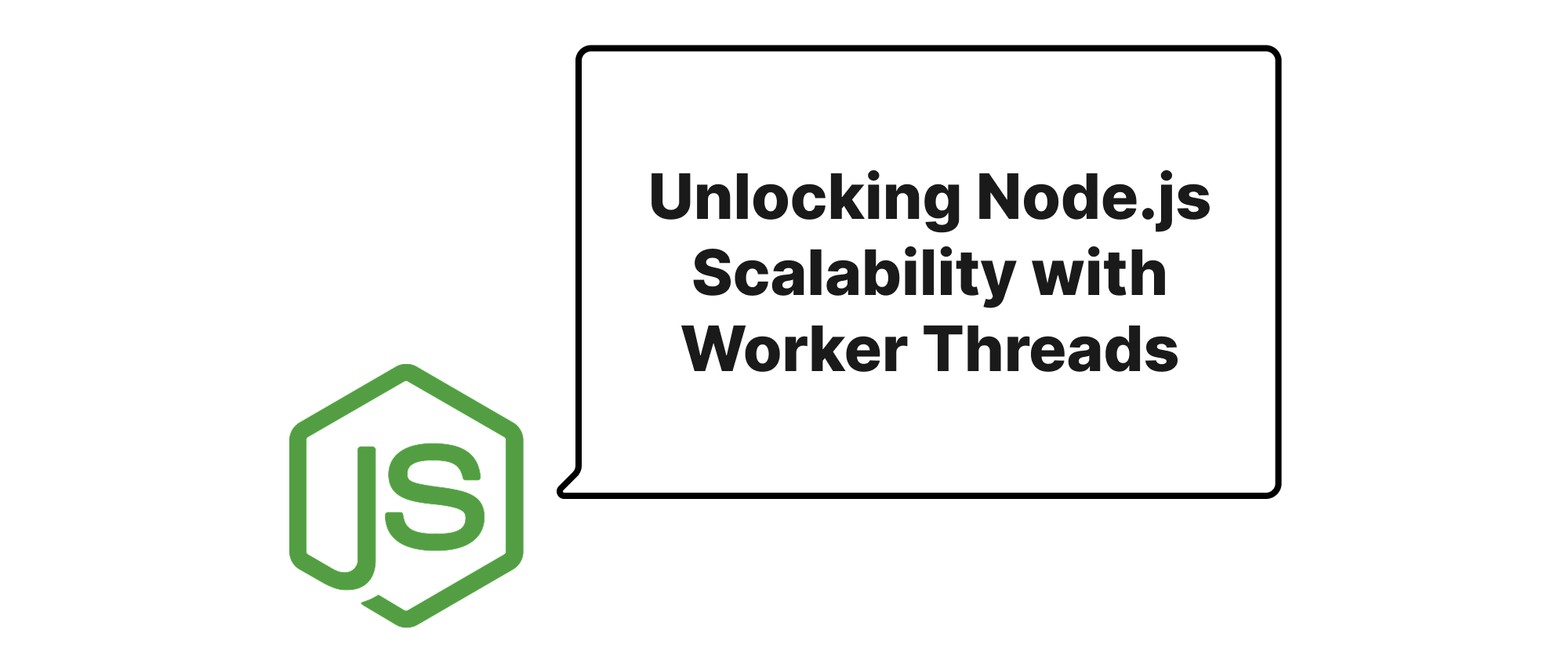
Unlocking Node.js Scalability with Worker Threads
Explore how Node.js worker threads overcome the traditional single-threaded bottleneck, enabling true parallelism for CPU-bound tasks and significantly improving application performance.
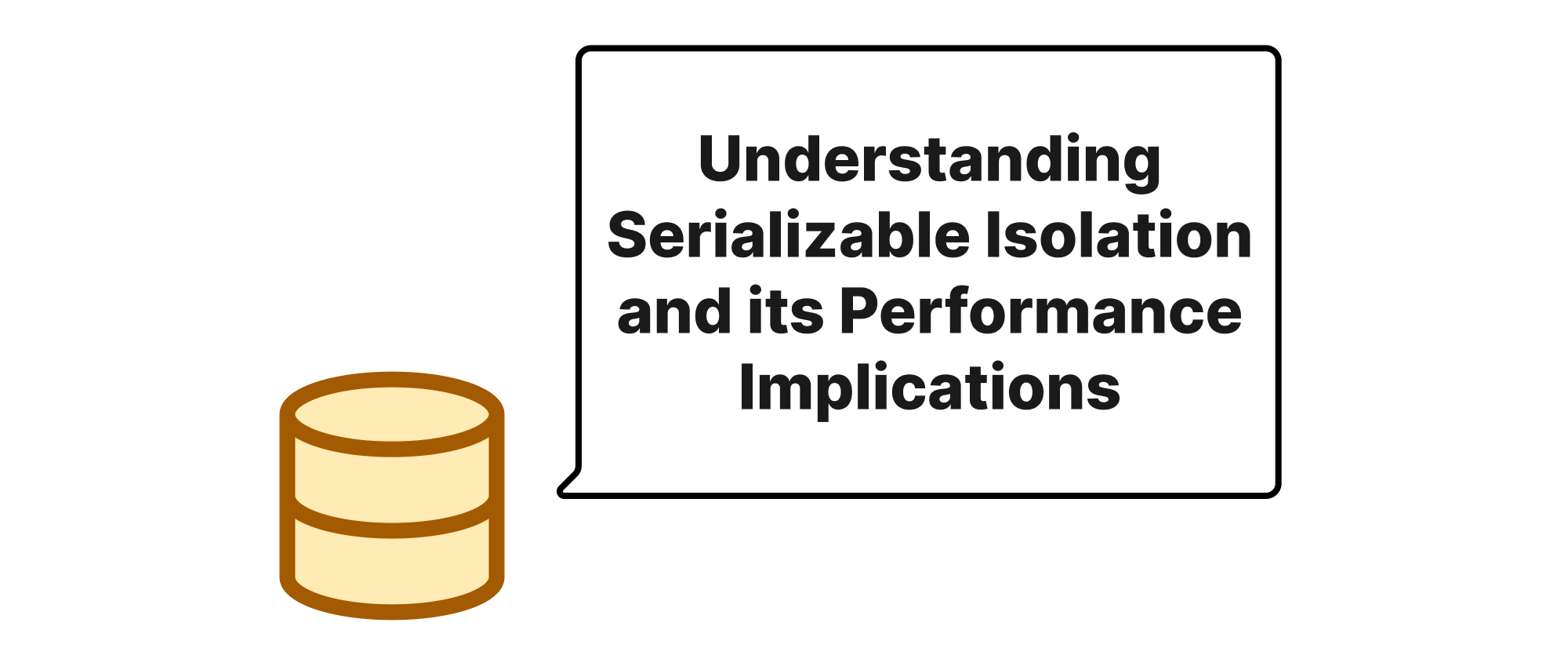
Understanding Serializable Isolation and its Performance Implications
This article delves into the Serializable isolation level in databases, explaining its mechanisms, practical applications, and the significant performance Overhead it introduces, providing a comprehensive guide for developers and architects.
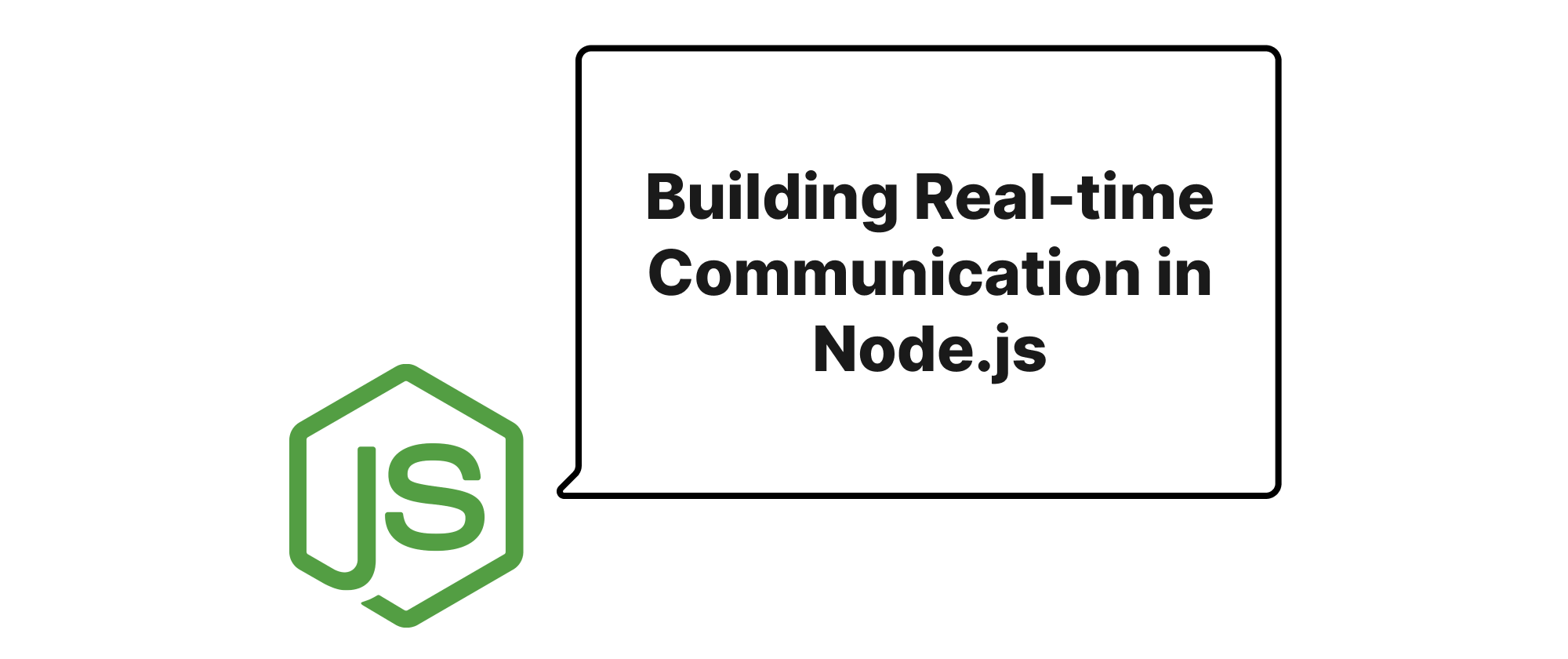
Building Real-time Communication in Node.js
This article delves into building real-time chat and notification services using WebSockets in Node.js, exploring both the native 'ws' library and the feature-rich Socket.IO.
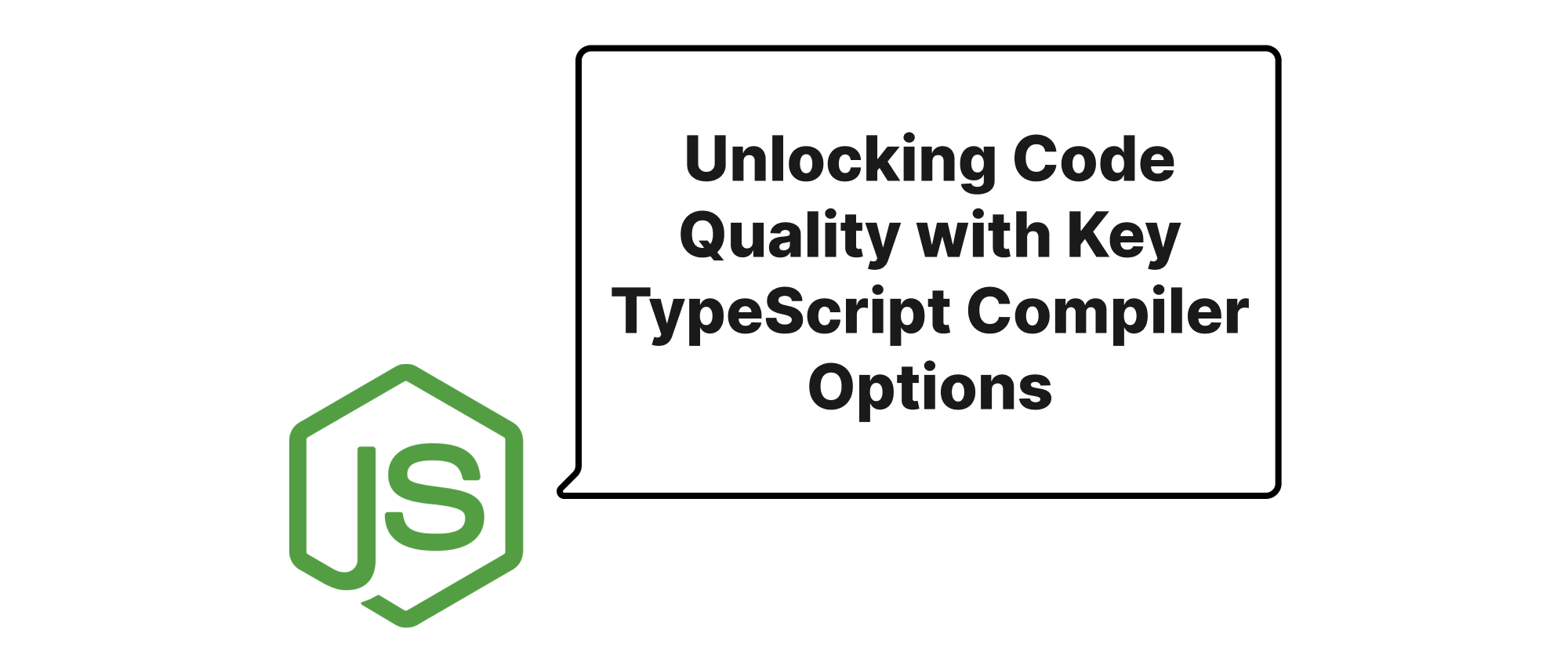
Unlocking Code Quality with Key TypeScript Compiler Options
This article delves into the `tsconfig.json` file, exploring vital compiler options that significantly enhance code quality, maintainability, and developer experience in TypeScript projects.
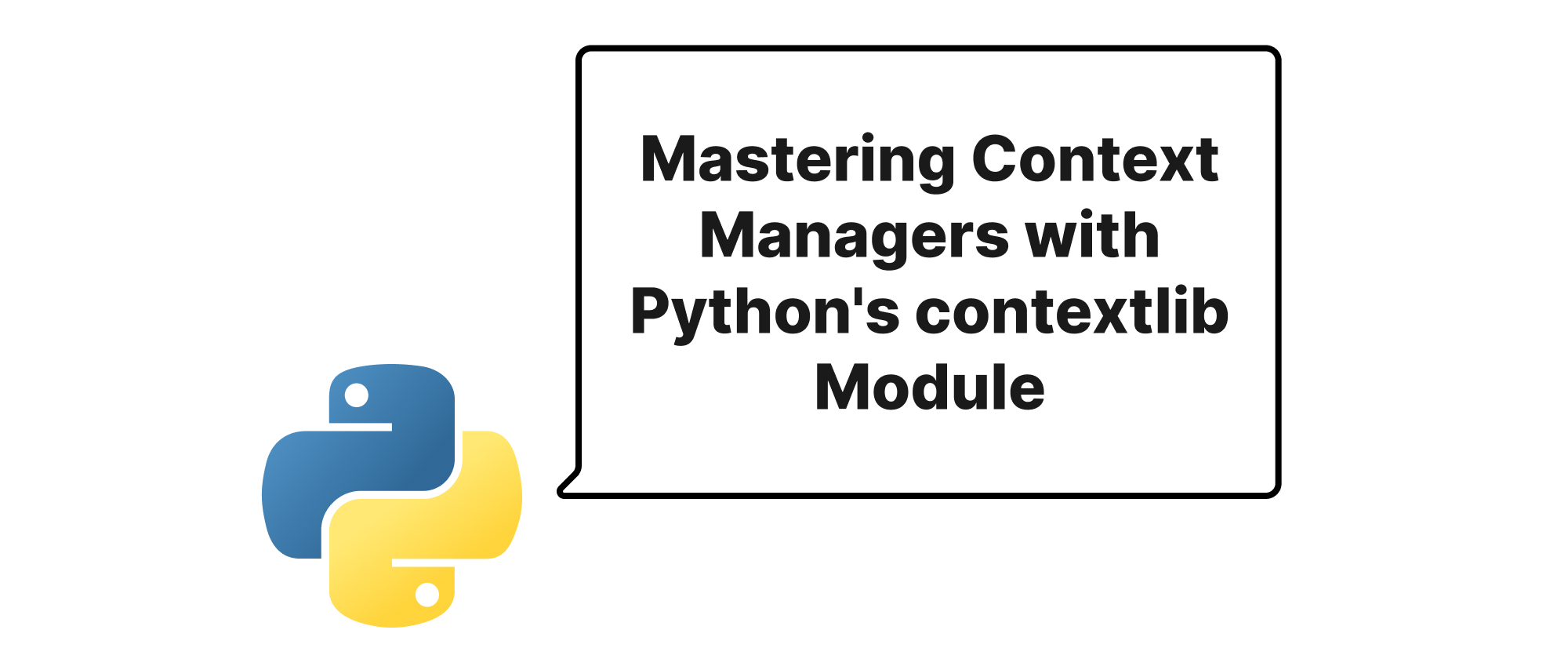
Mastering Context Managers with Python's contextlib Module
Explore the power of Python's contextlib module for writing cleaner, more robust code with elegant context managers, simplifying resource management and error handling.
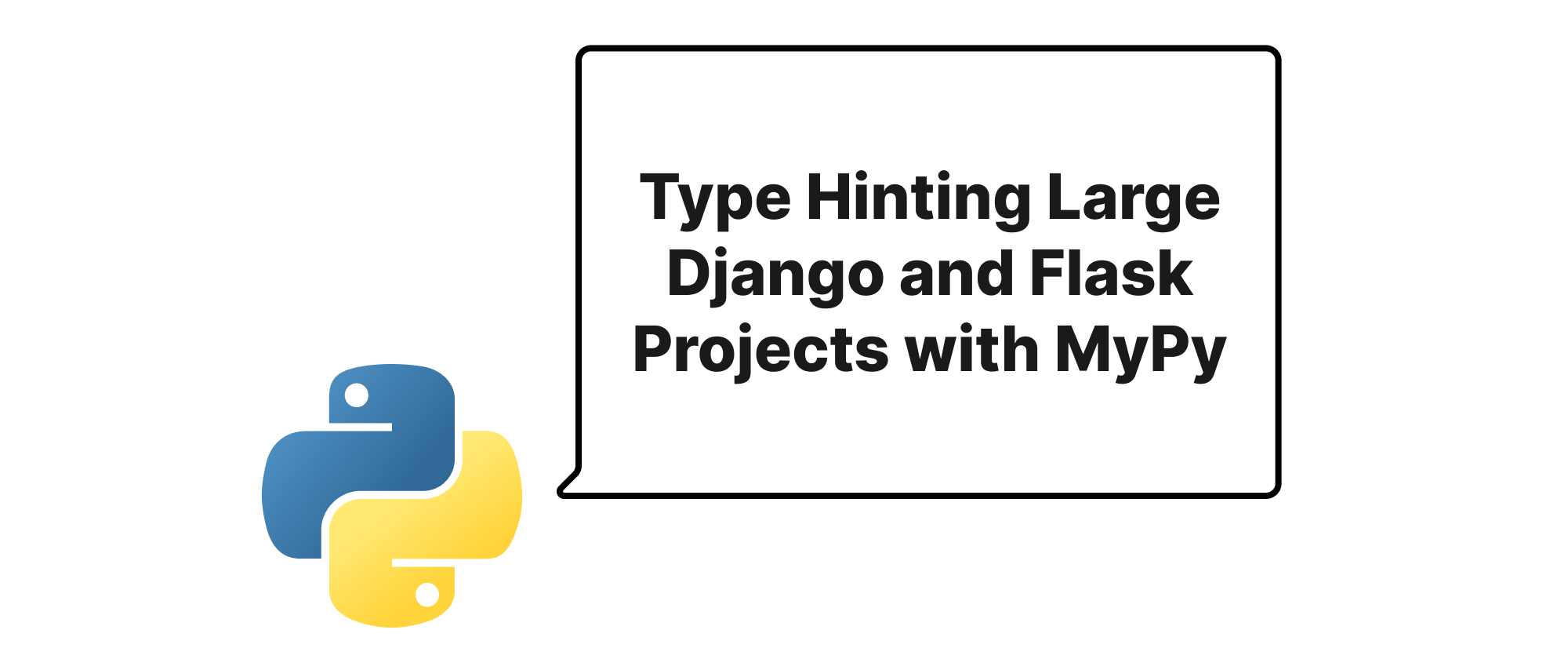
Type Hinting Large Django and Flask Projects with MyPy
A deep dive into integrating MyPy for static type checking in big Django and Flask applications, covering core concepts, practical implementation with code examples, and a progressive adoption strategy.
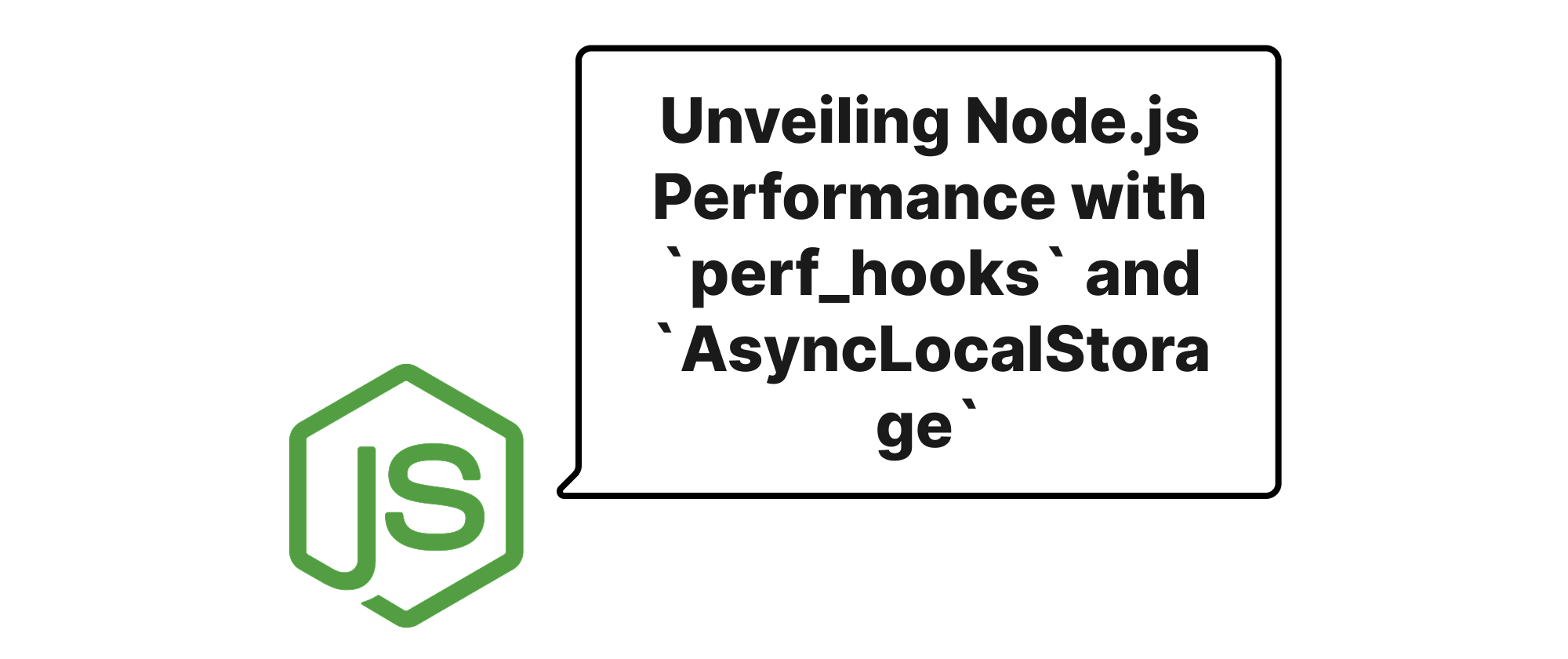
Unveiling Node.js Performance with `perf_hooks` and `AsyncLocalStorage`
Explore how `perf_hooks` can measure code execution and `AsyncLocalStorage` can track contextual information in Node.js applications, offering powerful tools for performance monitoring and debugging.
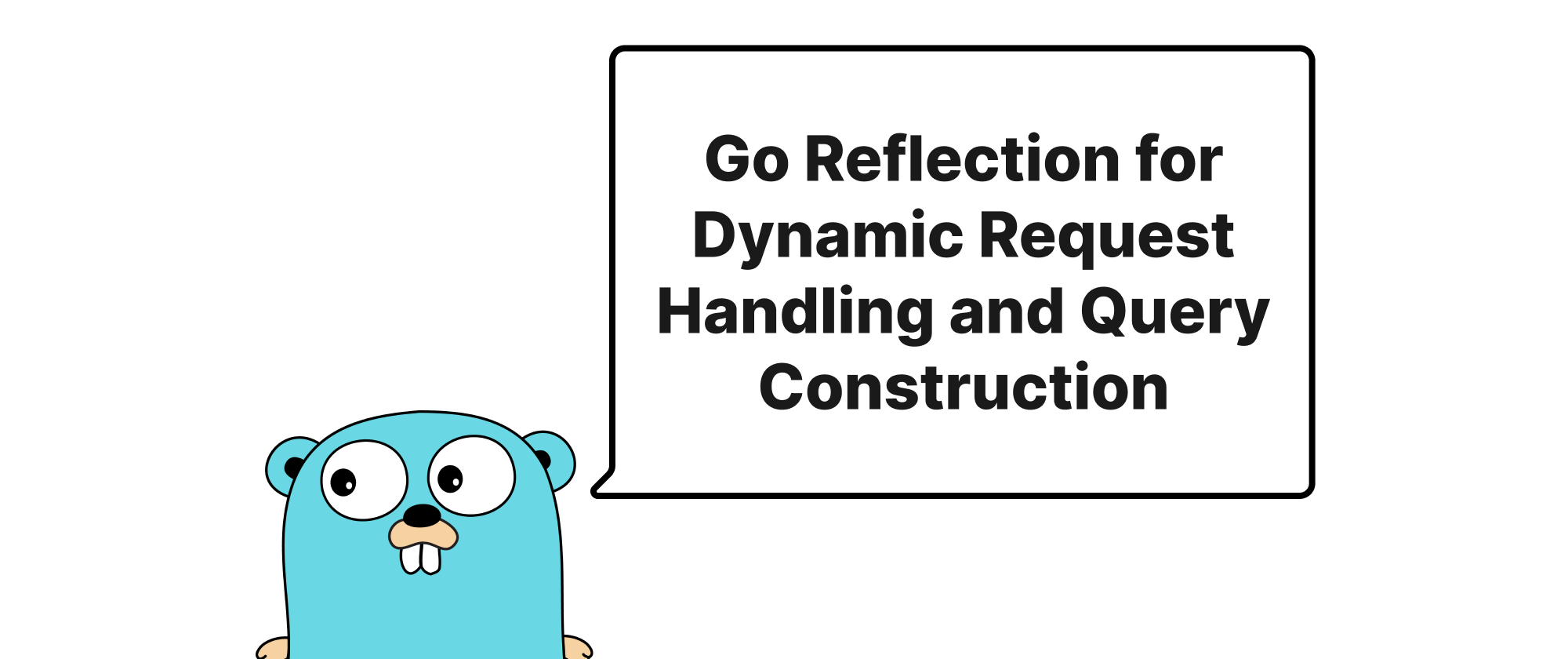
Go Reflection for Dynamic Request Handling and Query Construction
Explore how Go's reflection capabilities can be leveraged to dynamically parse inbound request parameters and construct database queries, offering enhanced flexibility and reducing boilerplate code in web services and data access layers.
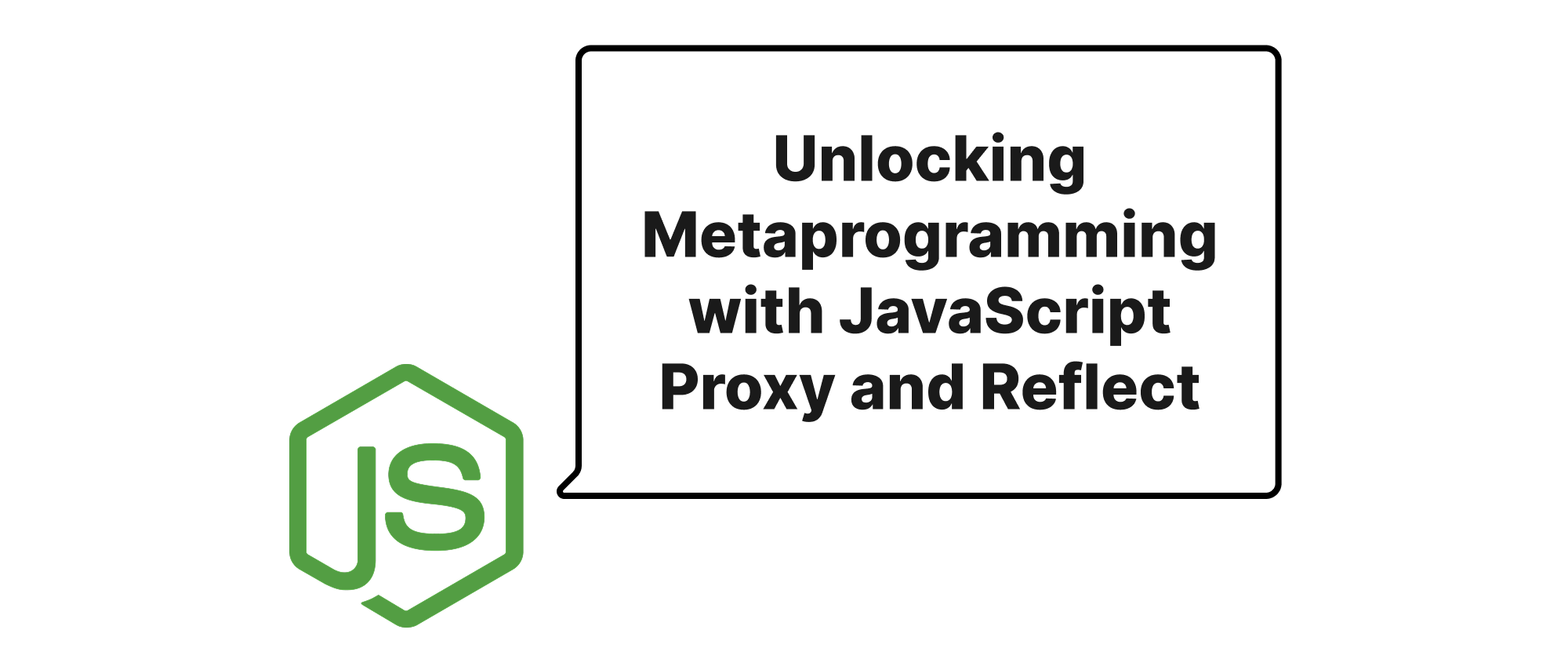
Unlocking Metaprogramming with JavaScript Proxy and Reflect
Dive into the power of JavaScript's Proxy and Reflect objects to implement dynamic and flexible behaviors for your objects, enabling powerful metaprogramming capabilities.
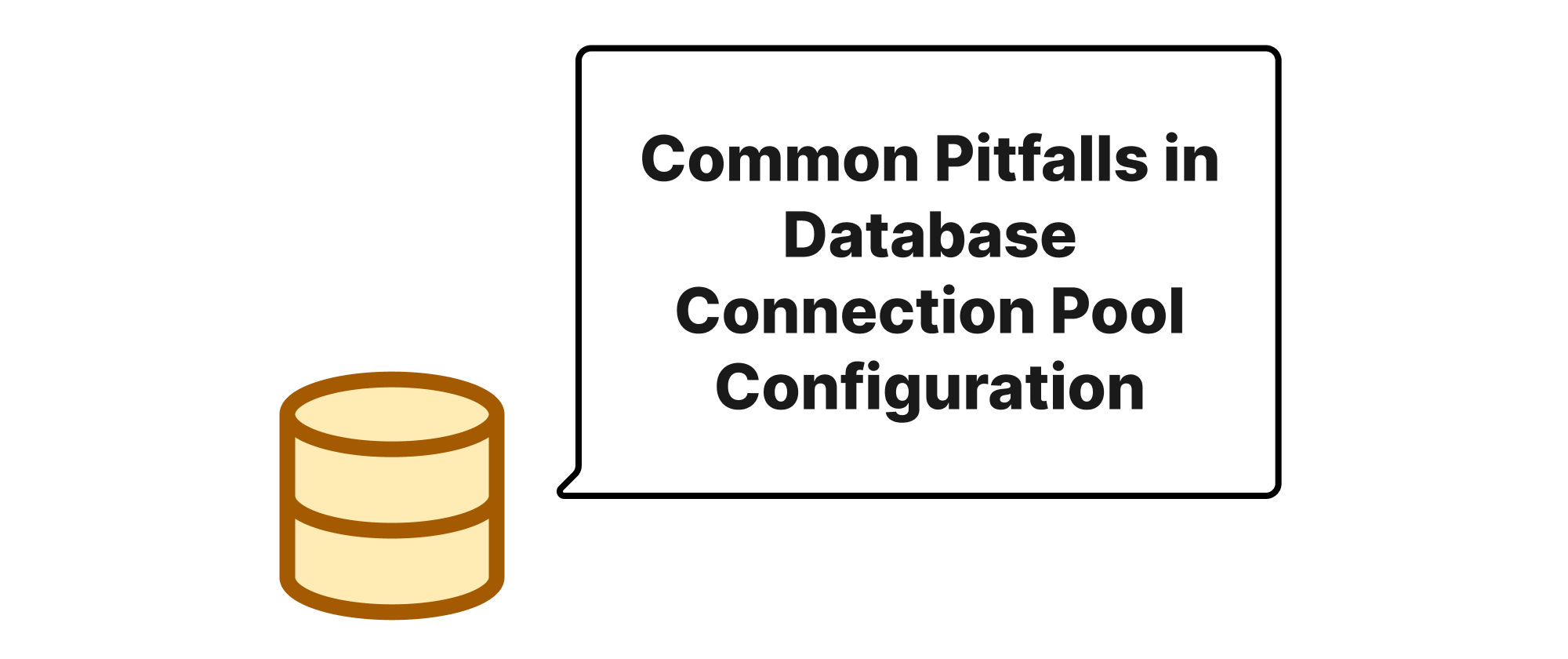
Common Pitfalls in Database Connection Pool Configuration
This article delves into common configuration errors and performance traps when setting up database connection pools, offering practical solutions and insights for optimization.
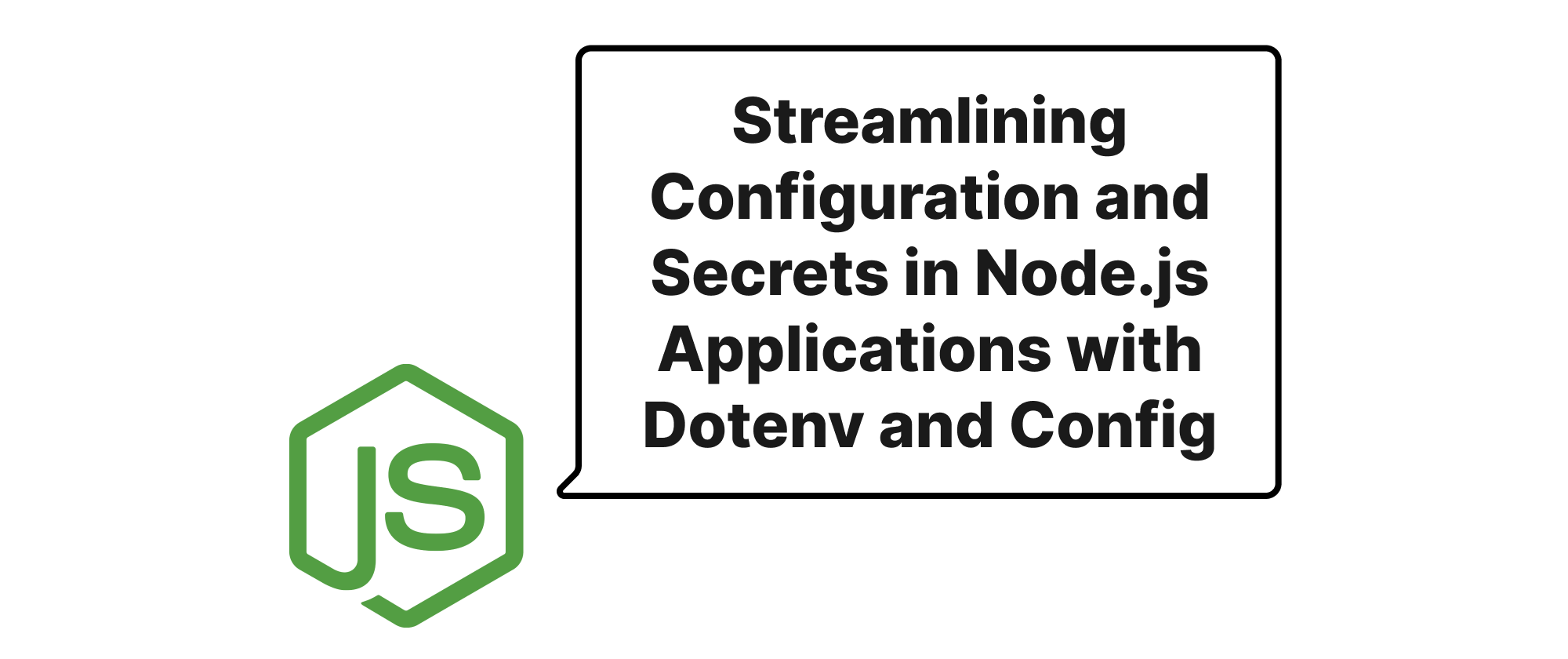
Streamlining Configuration and Secrets in Node.js Applications with Dotenv and Config
This article explores how to effectively manage application configurations and sensitive secrets in Node.js projects using the dotenv and config libraries, enhancing development workflows and production security.
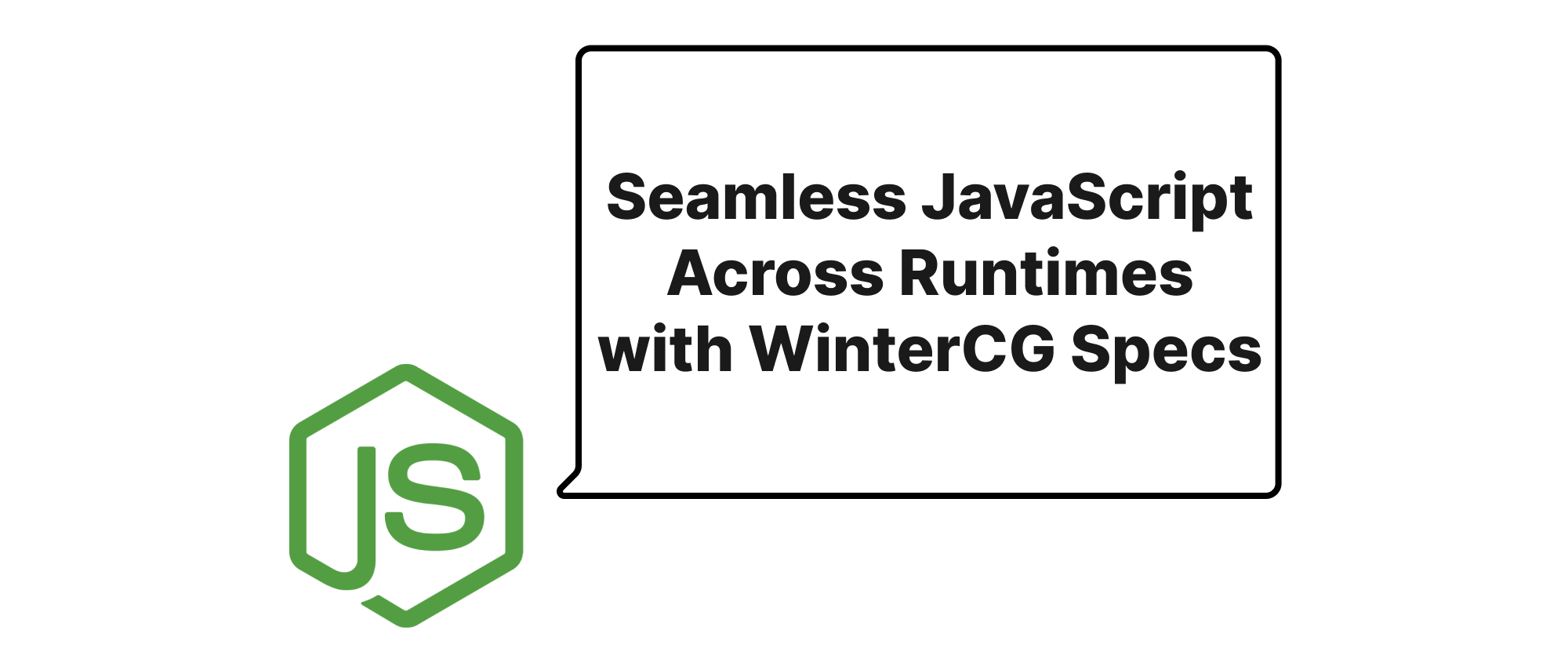
Seamless JavaScript Across Runtimes with WinterCG Specs
Exploring how WinterCG specifications enable developers to write portable JavaScript code that runs consistently on Node.js, Deno, and Cloudflare Workers, bridging runtime differences for a unified development experience.
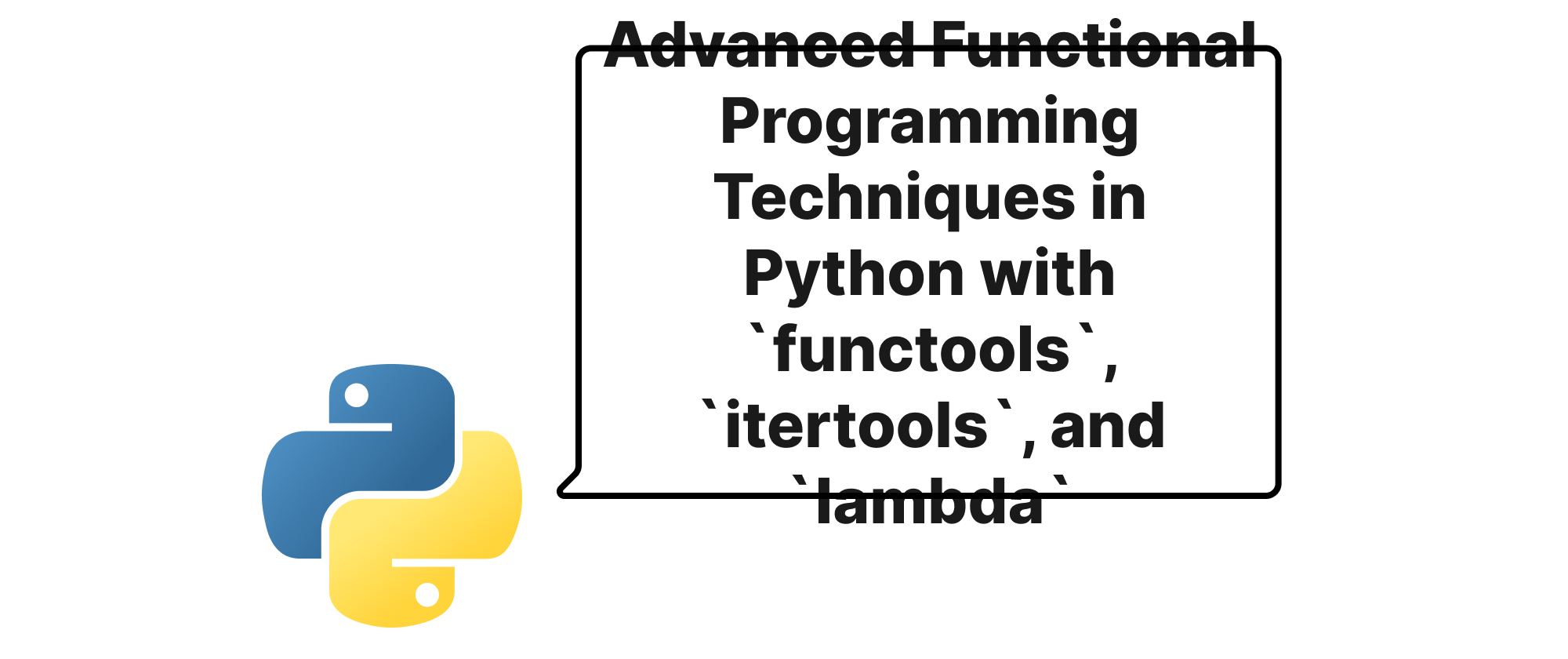
Advanced Functional Programming Techniques in Python with `functools`, `itertools`, and `lambda`
Explore sophisticated functional programming concepts in Python using `functools`, `itertools`, and `lambda` for cleaner, more efficient, and expressive code.
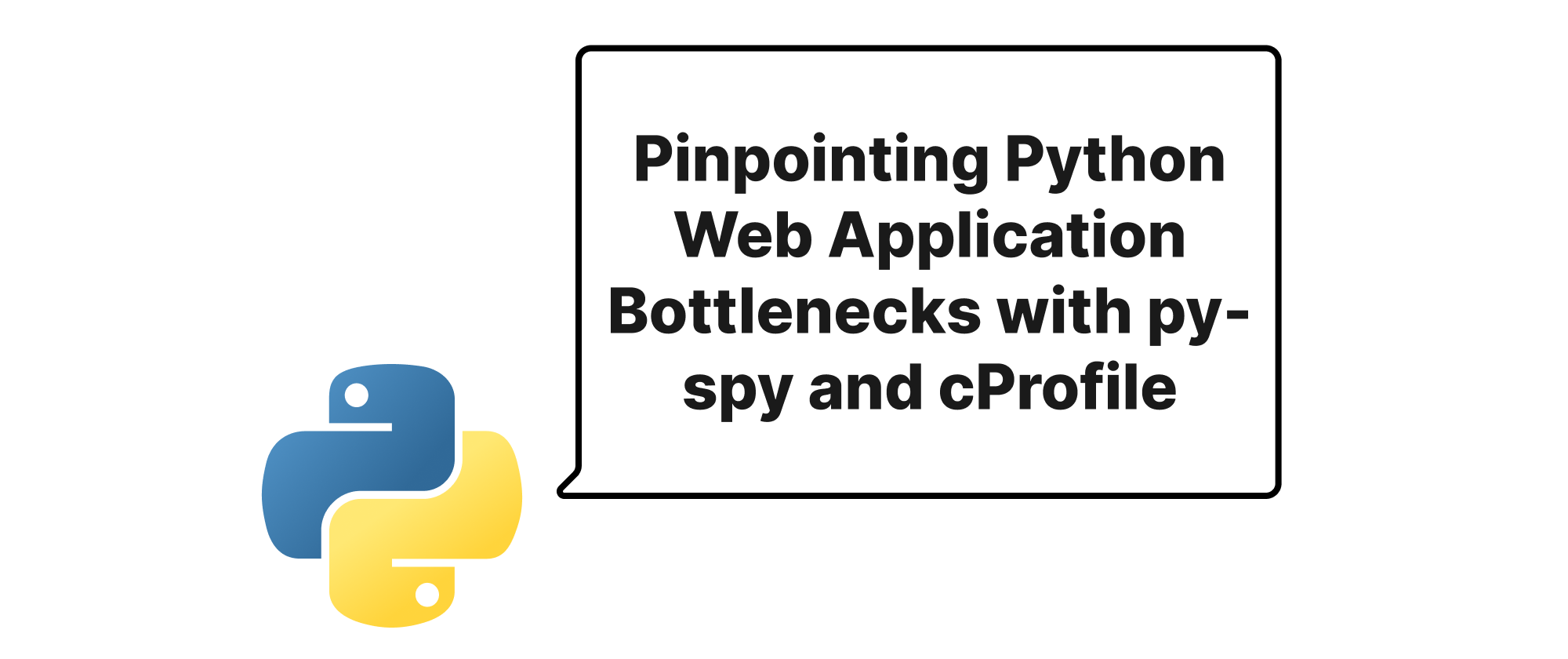
Pinpointing Python Web Application Bottlenecks with py-spy and cProfile
This article delves into practical techniques for identifying performance bottlenecks in live Python web applications using py-spy and cProfile, offering a comprehensive guide with code examples.
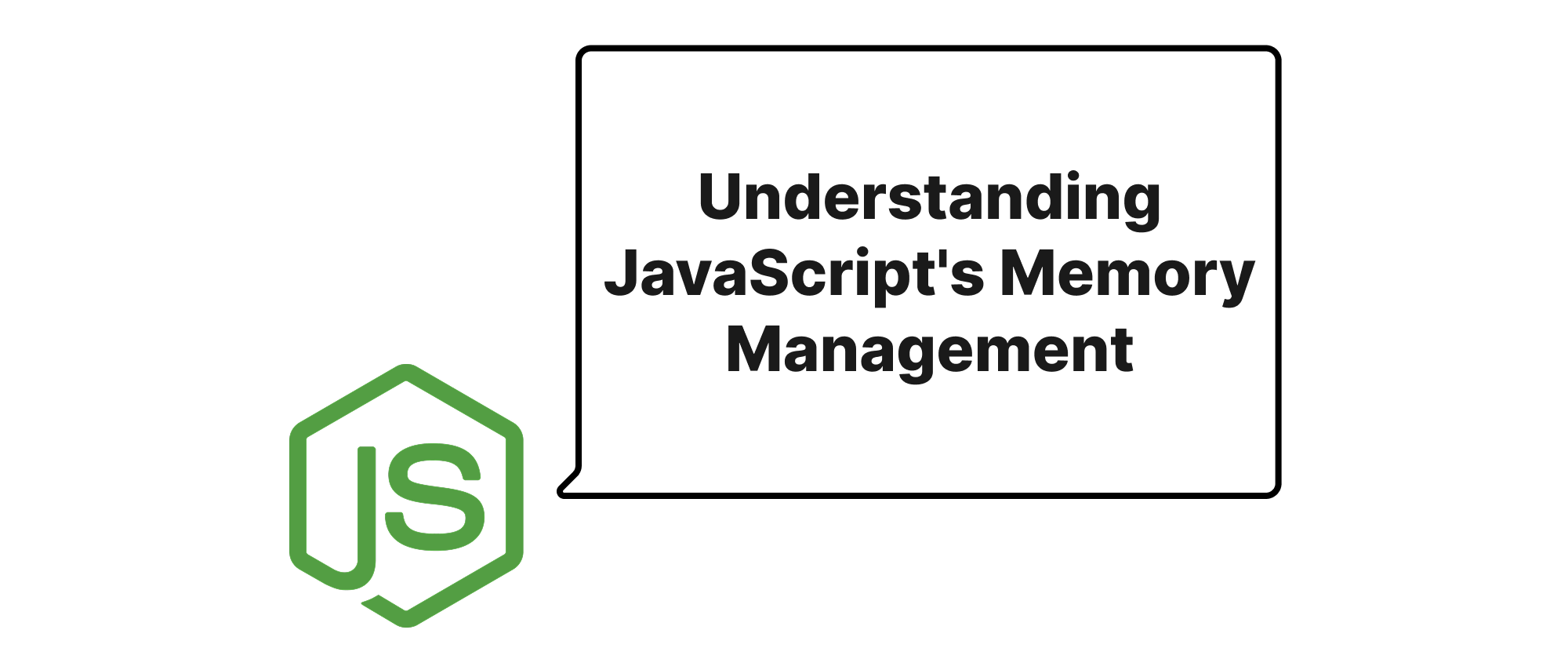
Understanding JavaScript's Memory Management - A Deep Dive into V8's Garbage Collection with Orinoco
Explore the V8 engine's sophisticated garbage collection mechanisms, including the Young Generation, Old Generation, and the Orinoco pipeline, to gain a deeper understanding of how JavaScript manages memory.
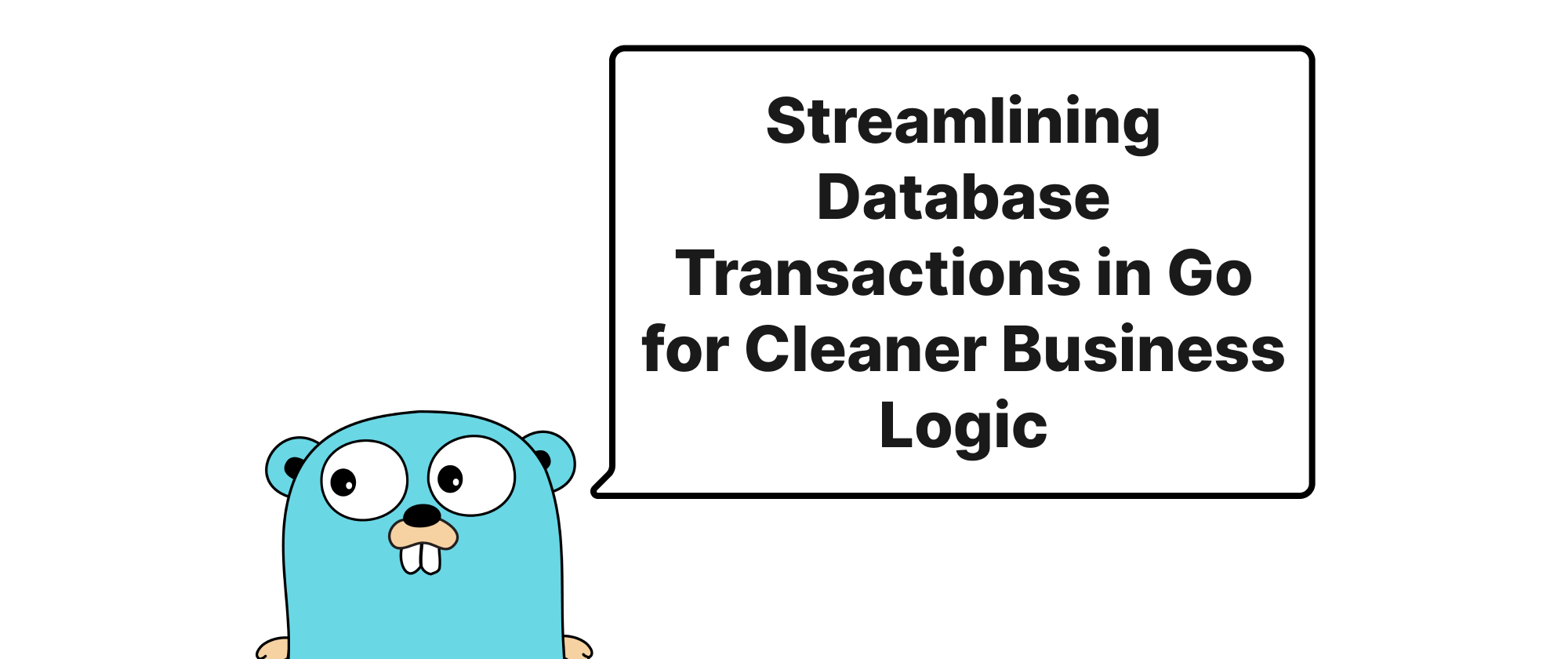
Streamlining Database Transactions in Go for Cleaner Business Logic
This article delves into designing a concise Go function to encapsulate database transactions, ultimately simplifying business logic and enhancing code maintainability.
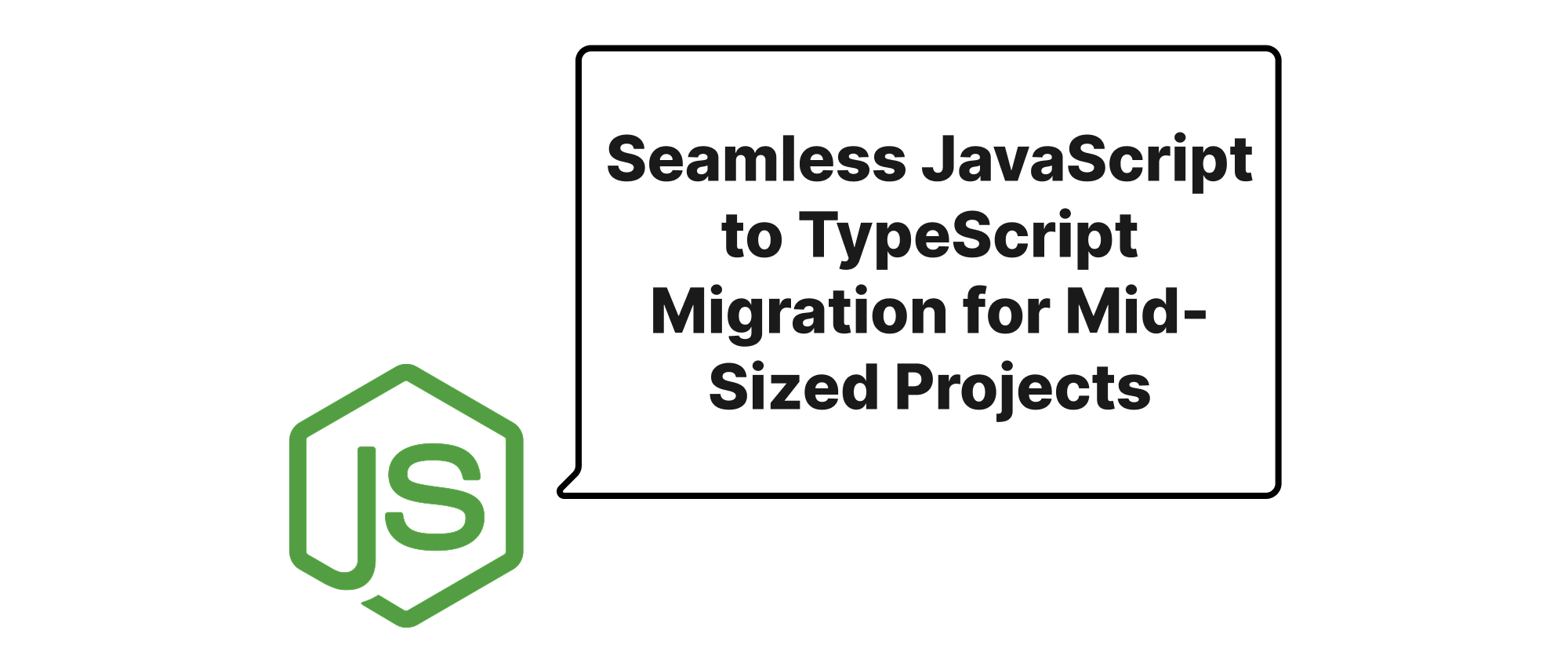
Seamless JavaScript to TypeScript Migration for Mid-Sized Projects
A practical guide and lessons learned from transitioning a real-world JavaScript codebase to TypeScript, focusing on strategy, tooling, and common pitfalls.
